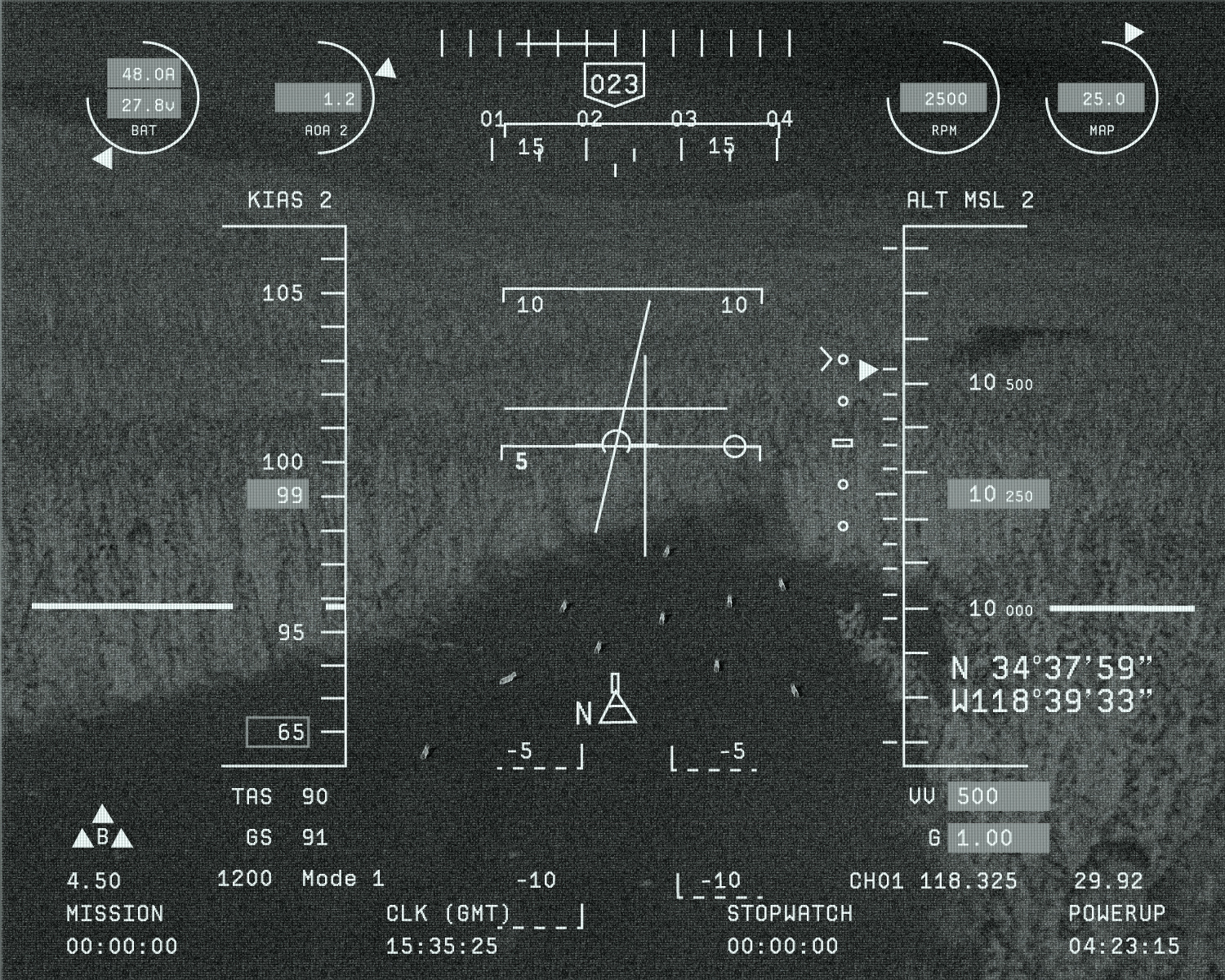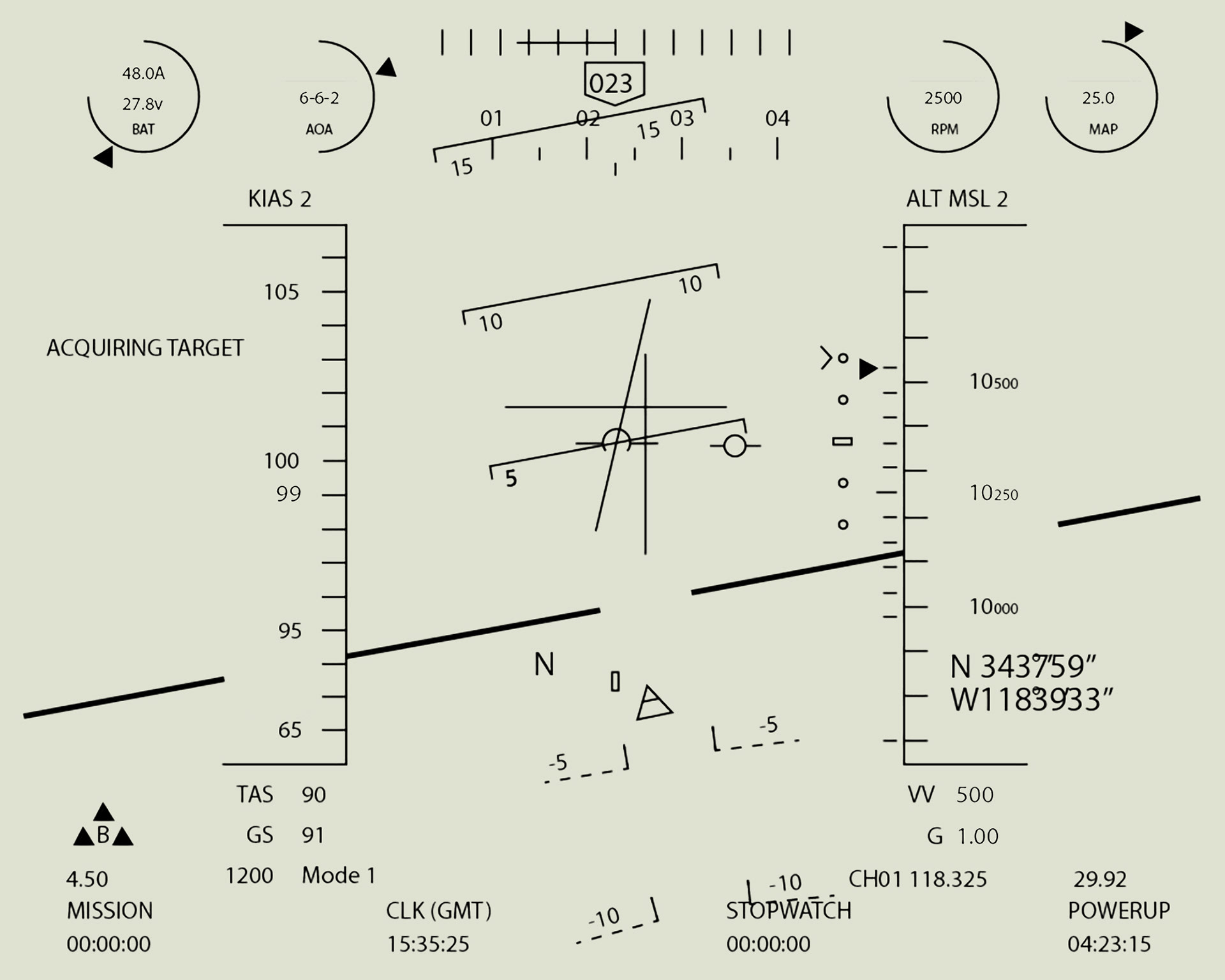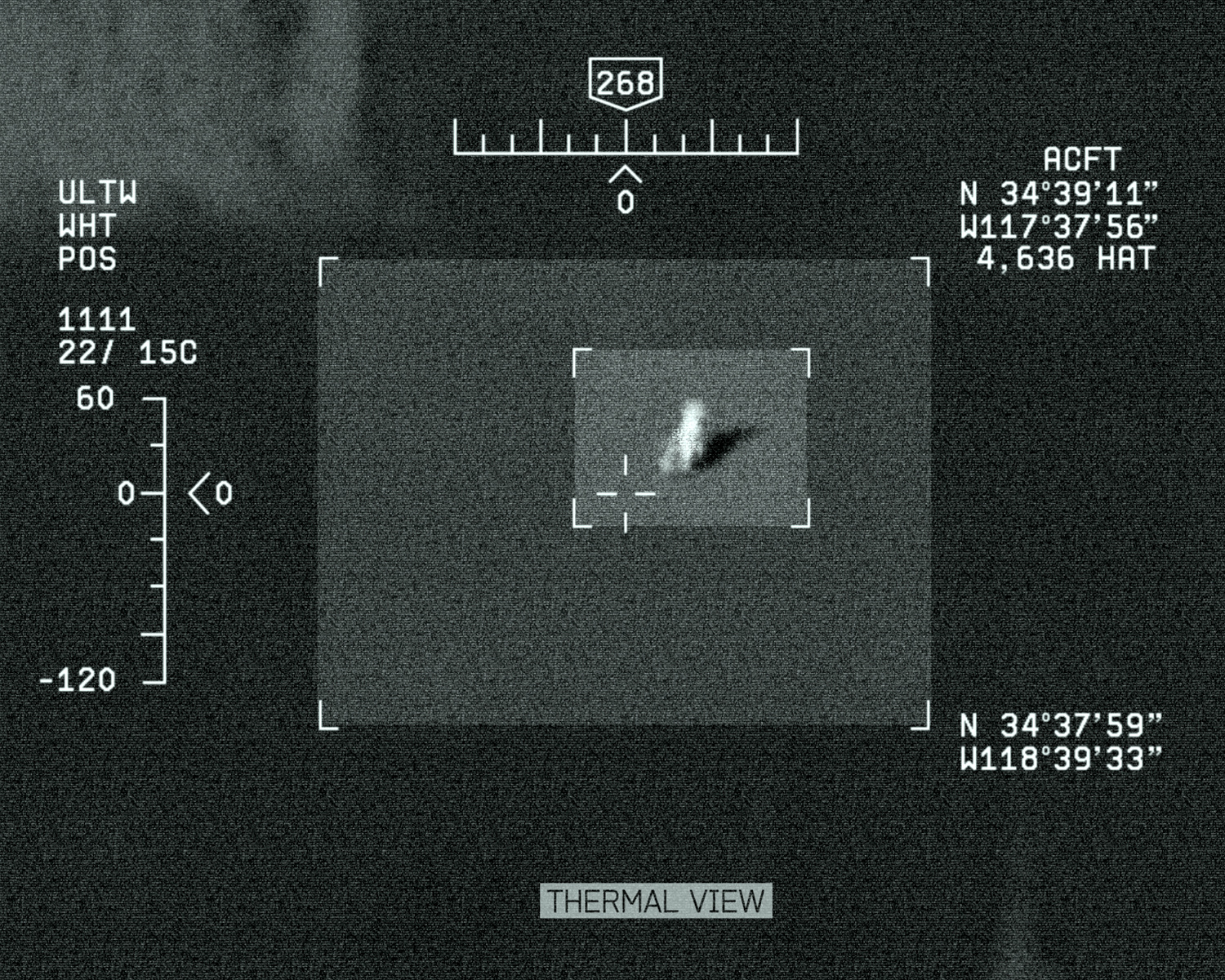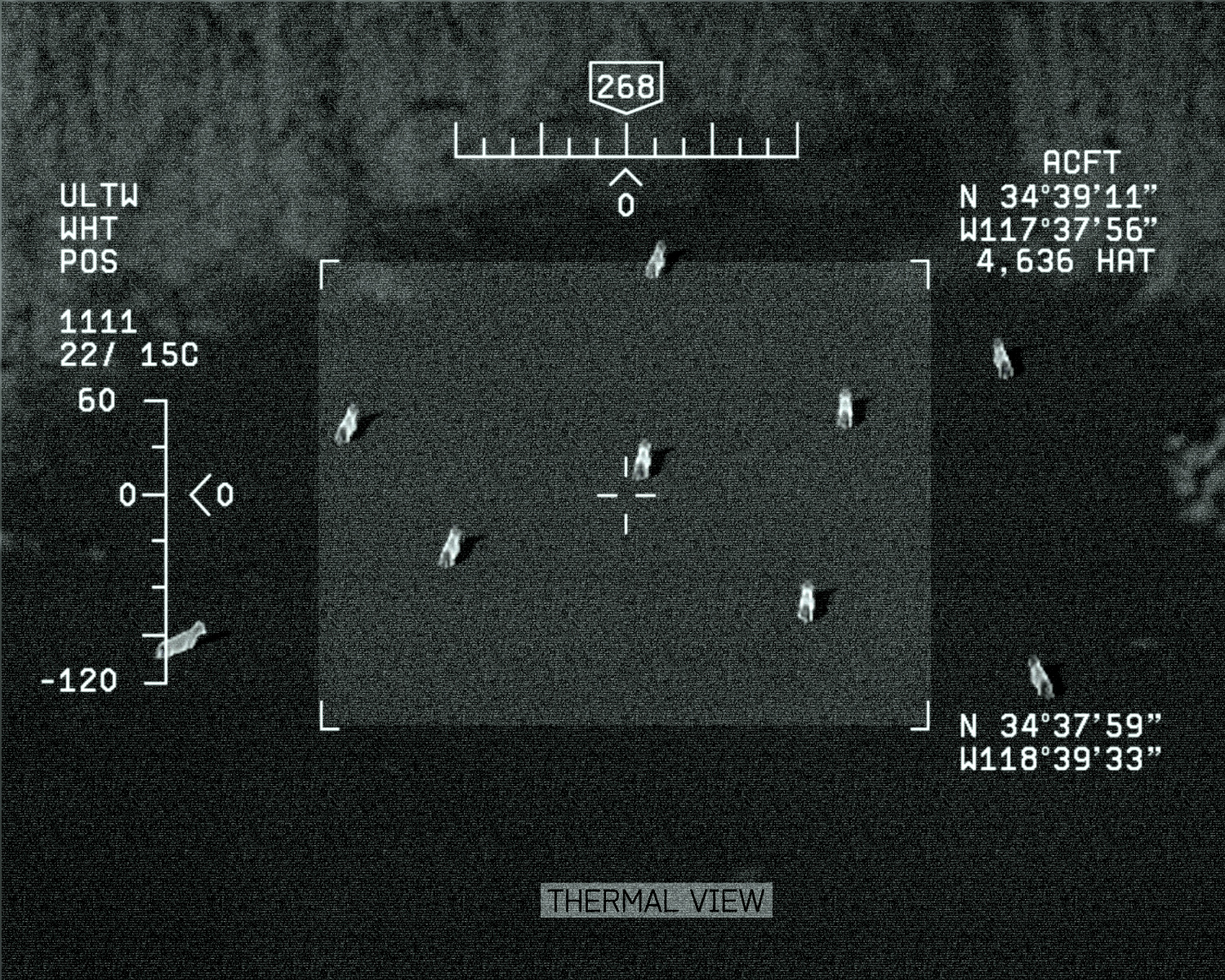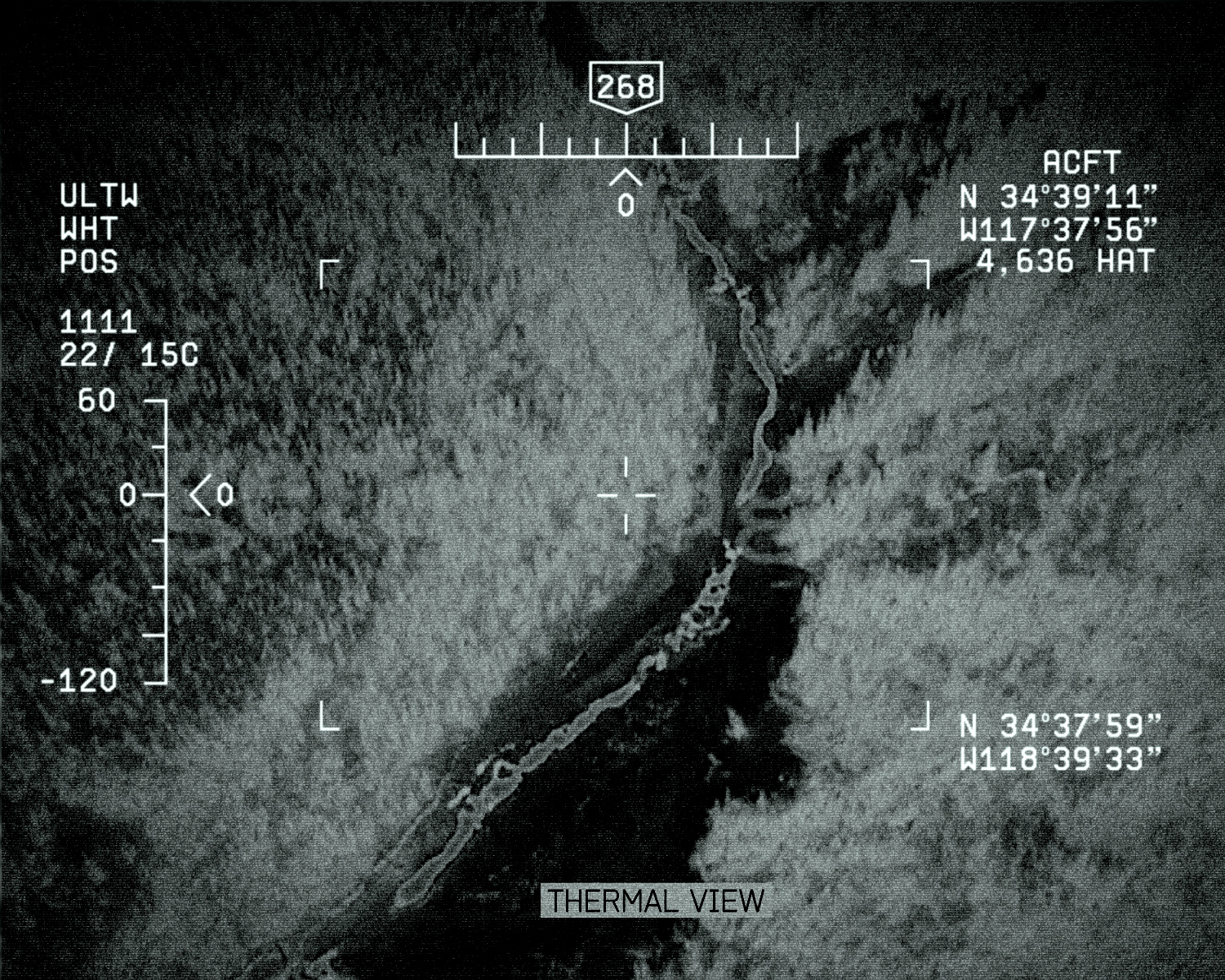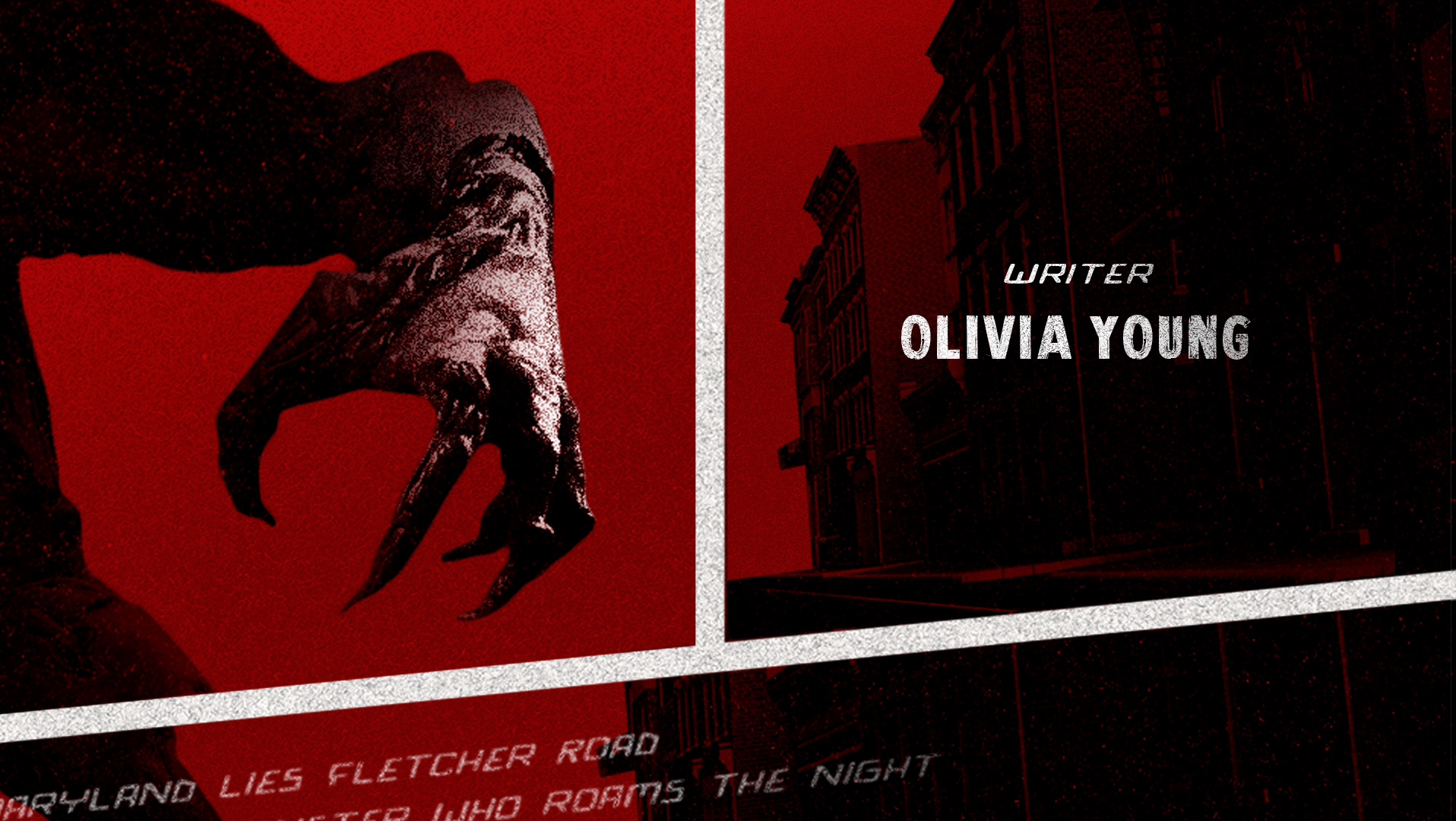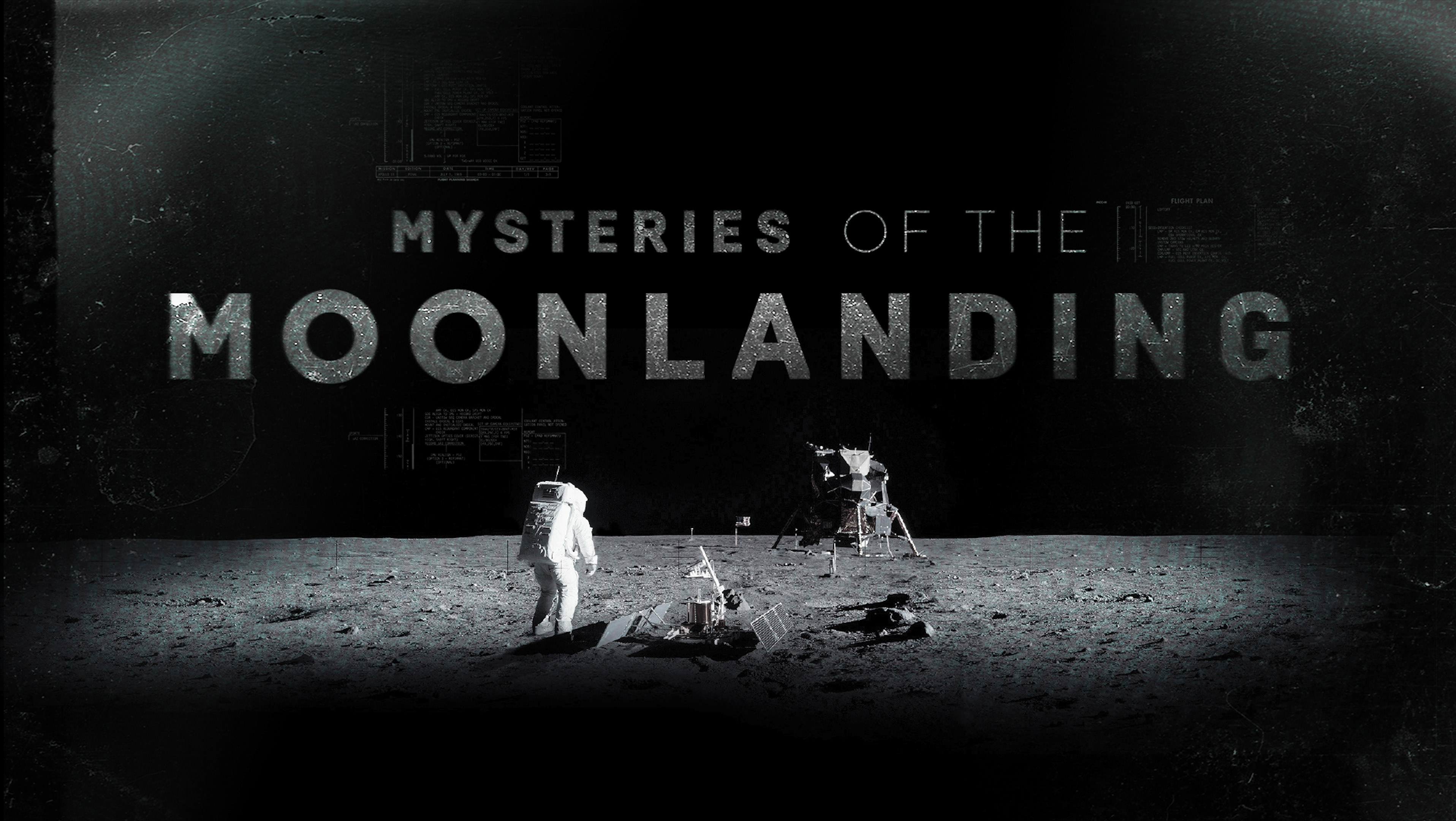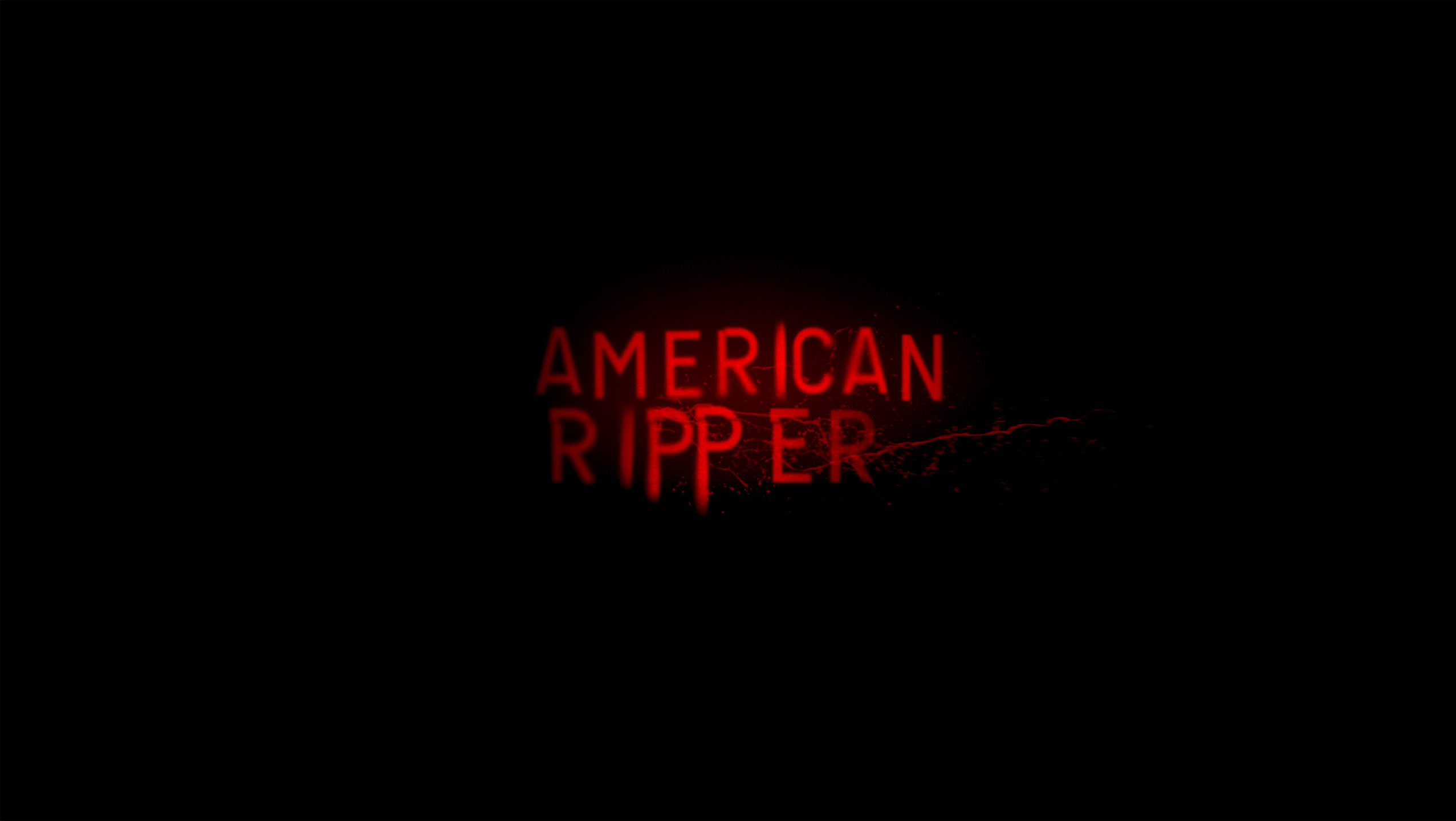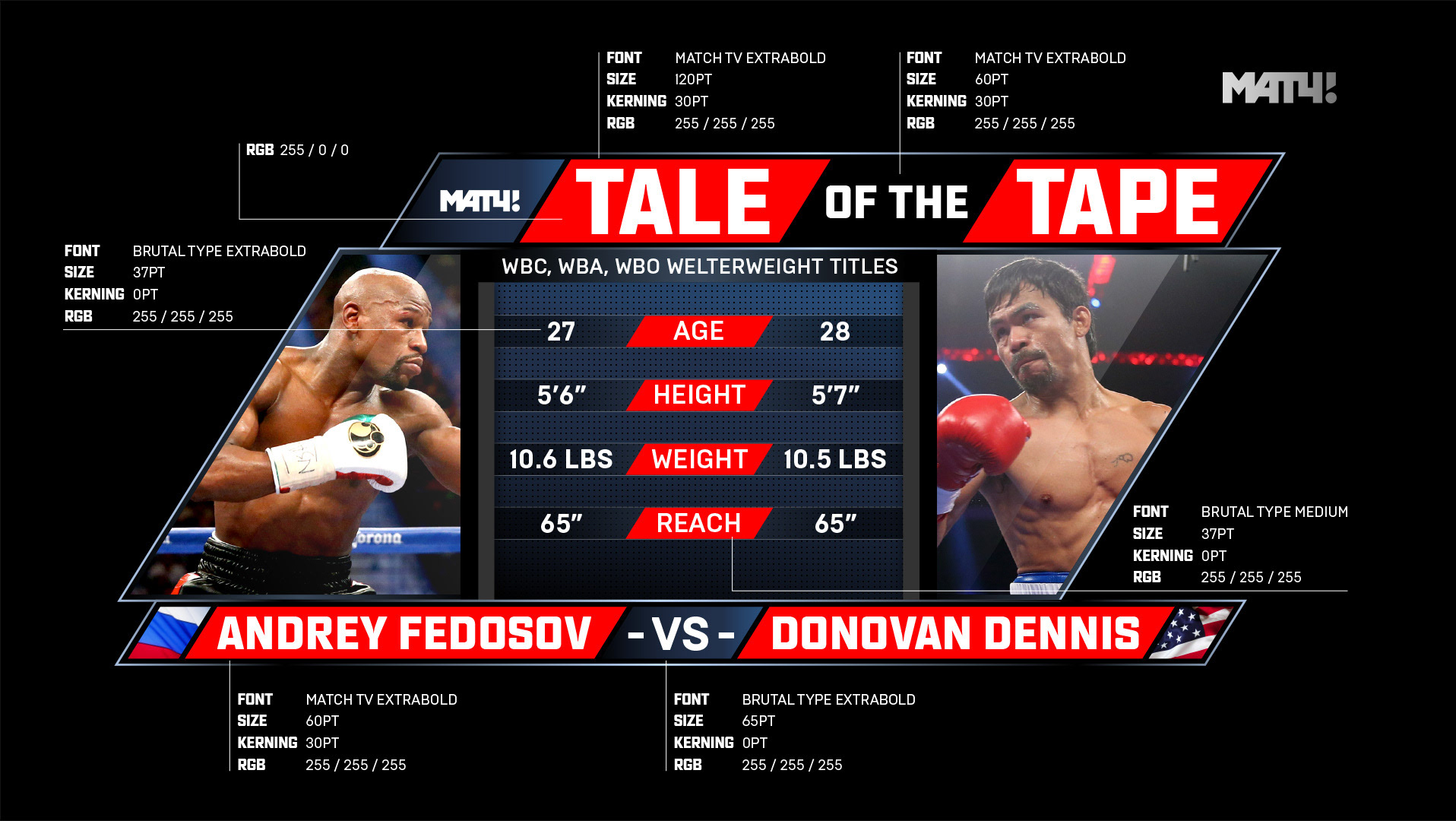UNIVERSAL PICTURES
I was invited to take on the massive task of designing the UI for the The Bourne Legacy. The project encompassed creating user interfaces for the crisis suite as well as crafting authentic-looking screens for the drone command sequence.
Recognizing the extensive number of screens required for the film, I invited fellow NYC designer GMD to aid in design development. Over a span of six months, we created a modular window system that we reconfigured into various compositions to infuse a strong sense of diversity. Upon obtaining approval for all designs, we handed over our files to LA-based Pixel Playground for animation.
The Bourne Legacy is an action-thriller released in 2012, directed by Tony Gilroy. It serves as the fourth installment in the series of films adapted from Robert Ludlum's Jason Bourne novels. Preceded by The Bourne Identity (2002), The Bourne Supremacy (2004), and The Bourne Ultimatum (2007), The Bourne Legacy continues the franchise's legacy.
Director: Tony Gilroy
Graphics Supervisor: Jaz Nannini
UI design: penmouse, GMD Three
UI animation: Pixel Playground
My role > Art Director FUIs / Lead Motion Designer
My tools > Illustrator / Photoshop / After Effects
My tools > Illustrator / Photoshop / After Effects


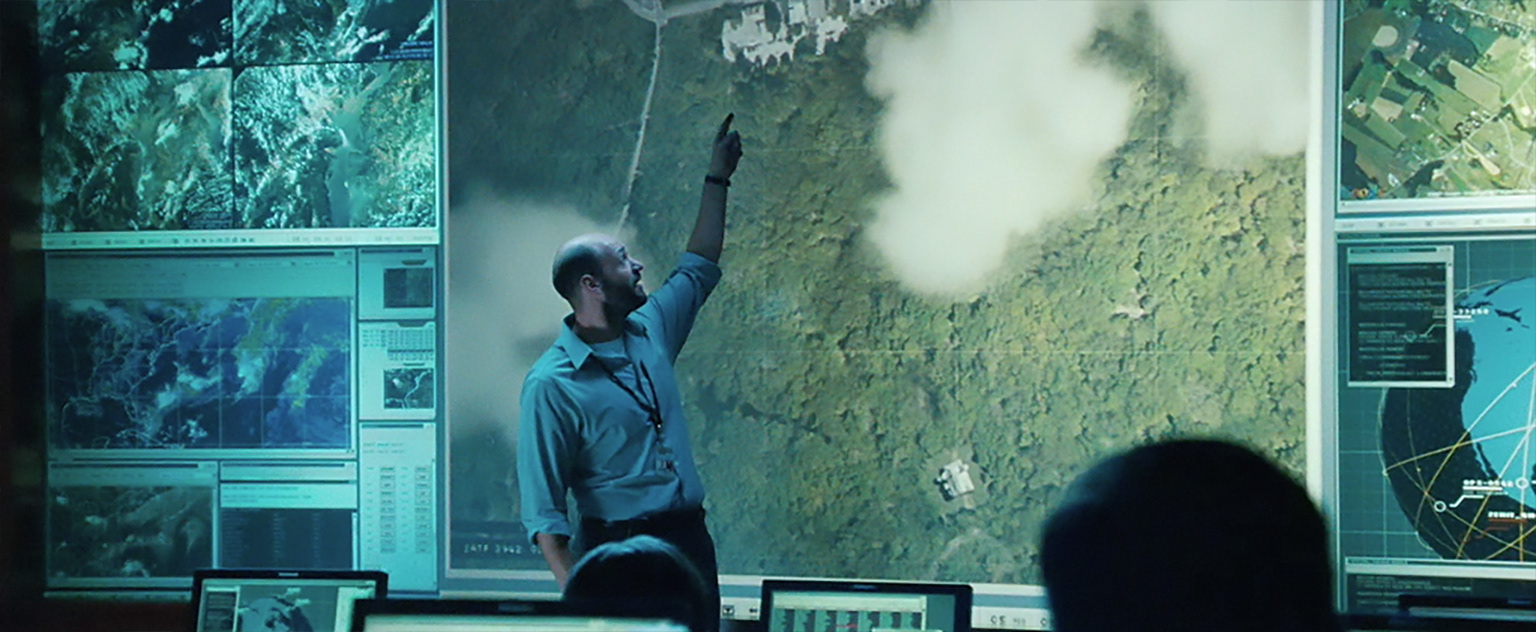
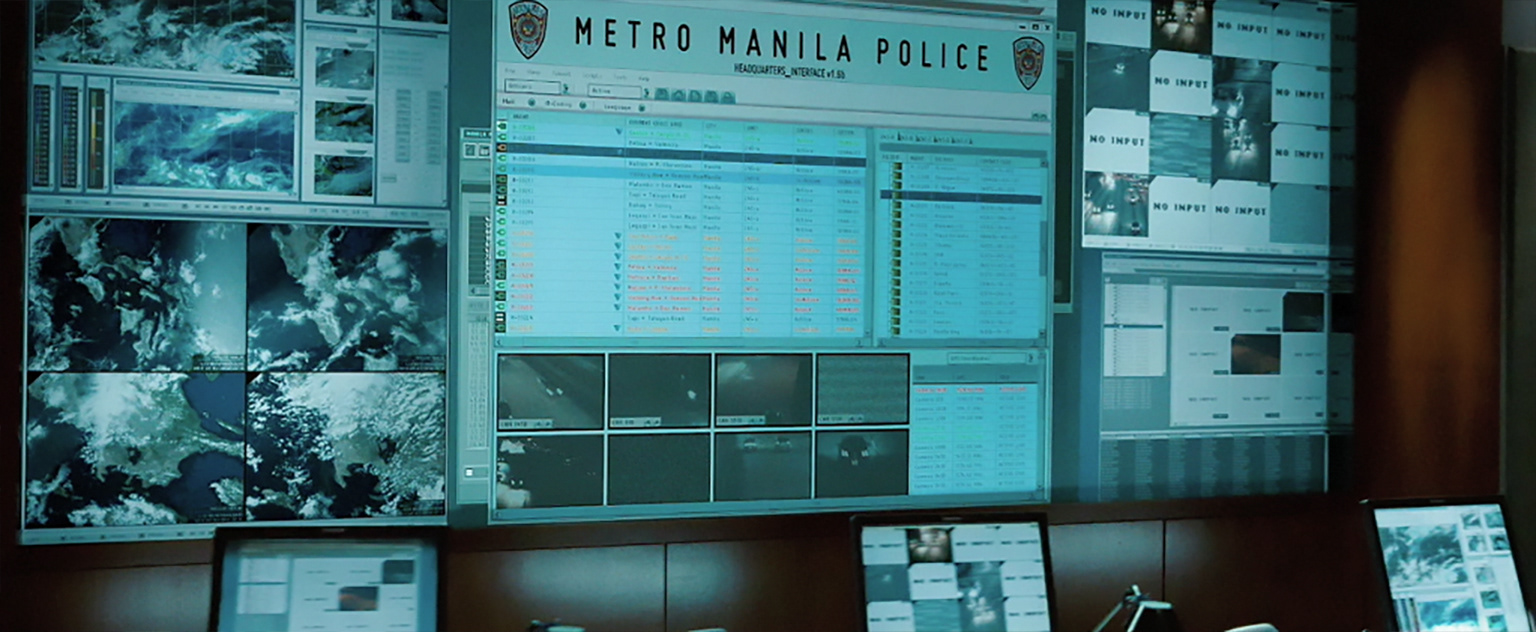



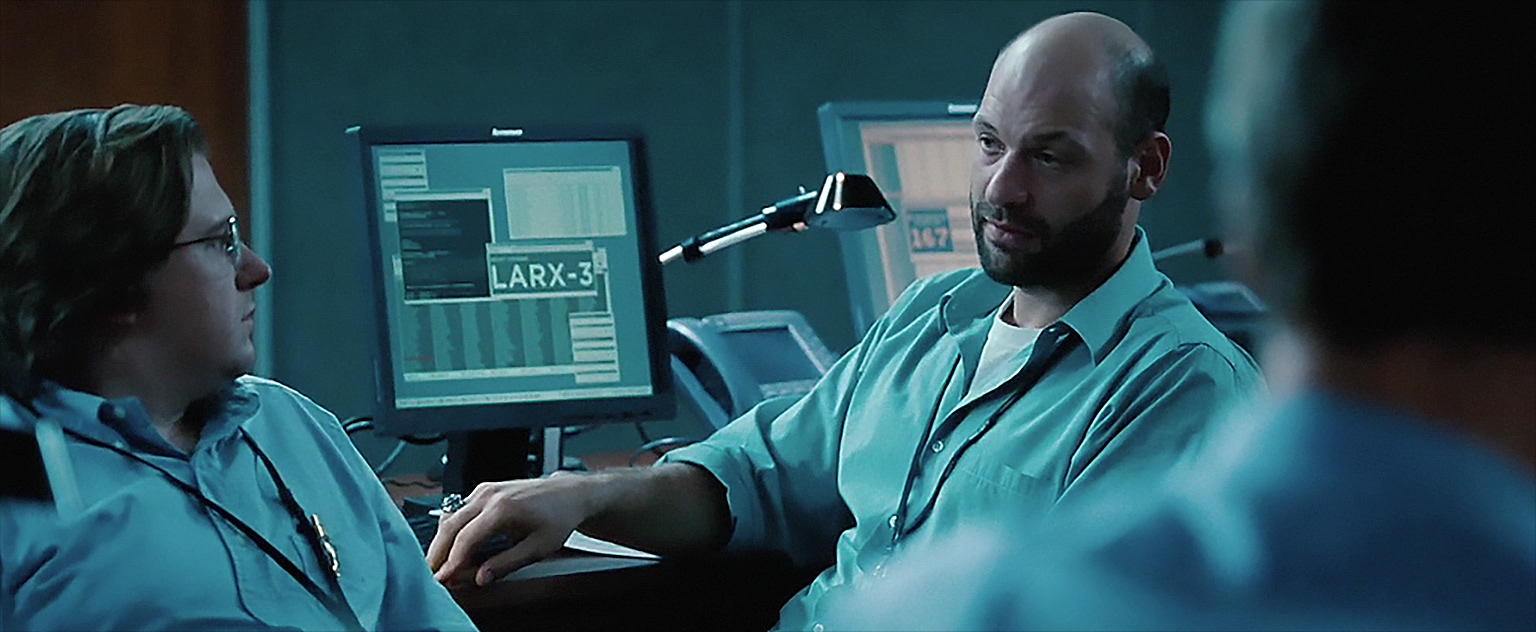
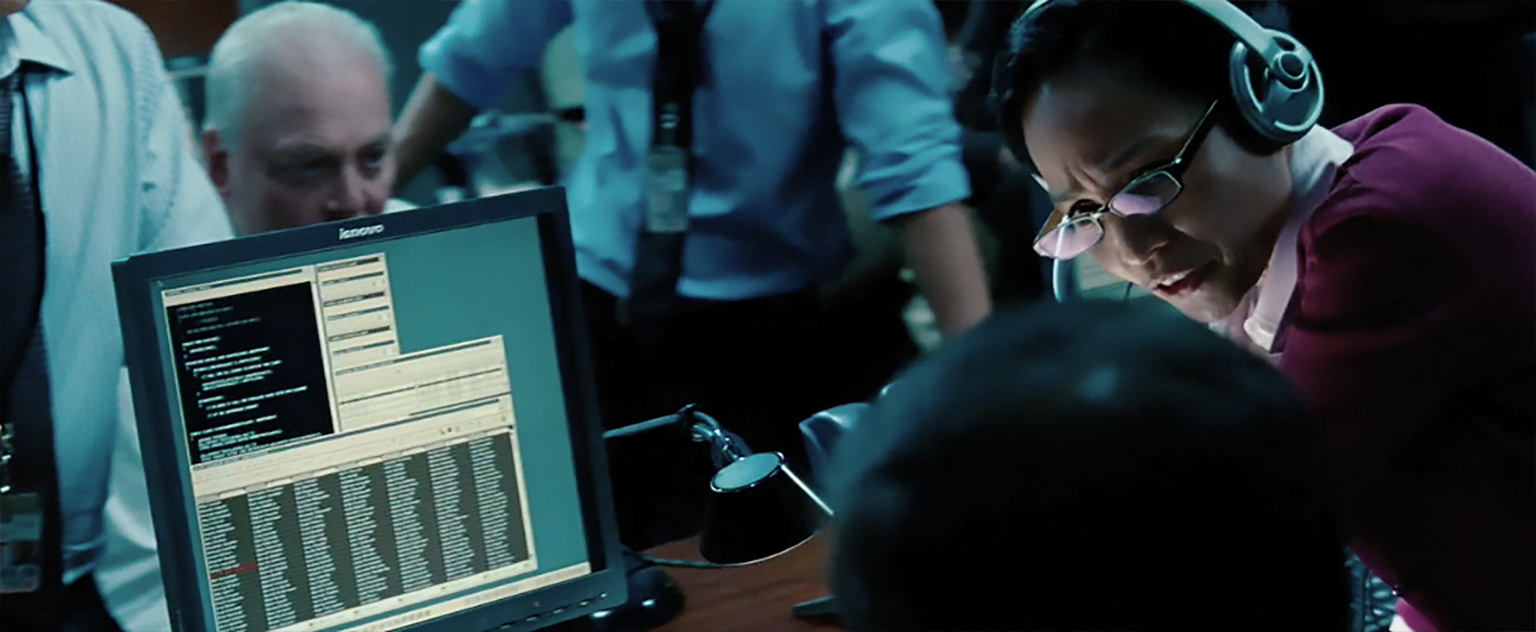


Agent files, Passports, and Badges
The majority of designs were played back live on set. Some designs necessitated interaction with the actors, prompting us to consider their animation and playback early on. In order to ascertain the specifics of each screen, we dissected the script into broader sequences, individual scenes, and specific shots that demanded additional details to advance the narrative.
Among the initial designs were databases that the agents accessed to acquire background information about their targets. These screens displayed digital files and included designs for counterfeit passports and badges.
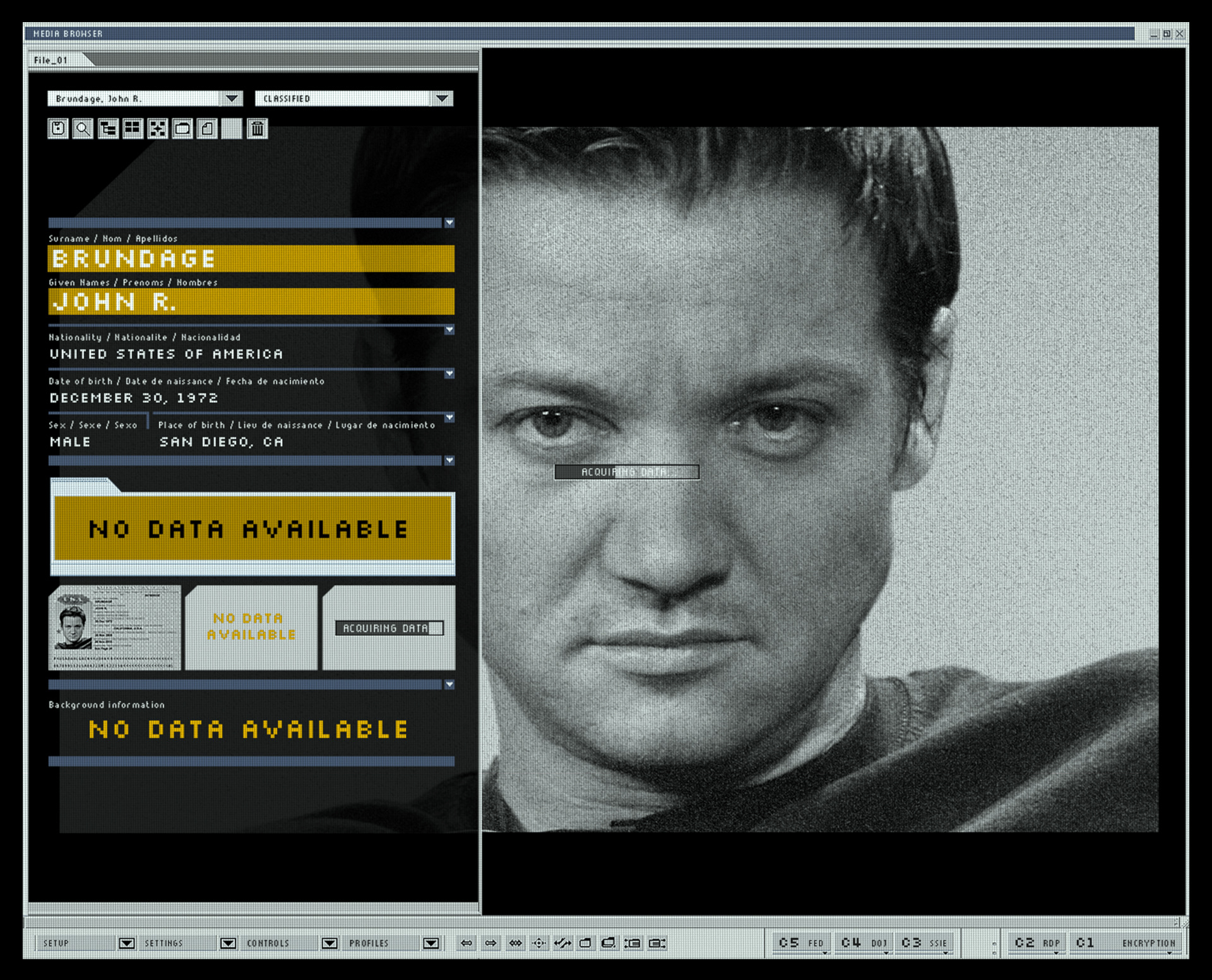
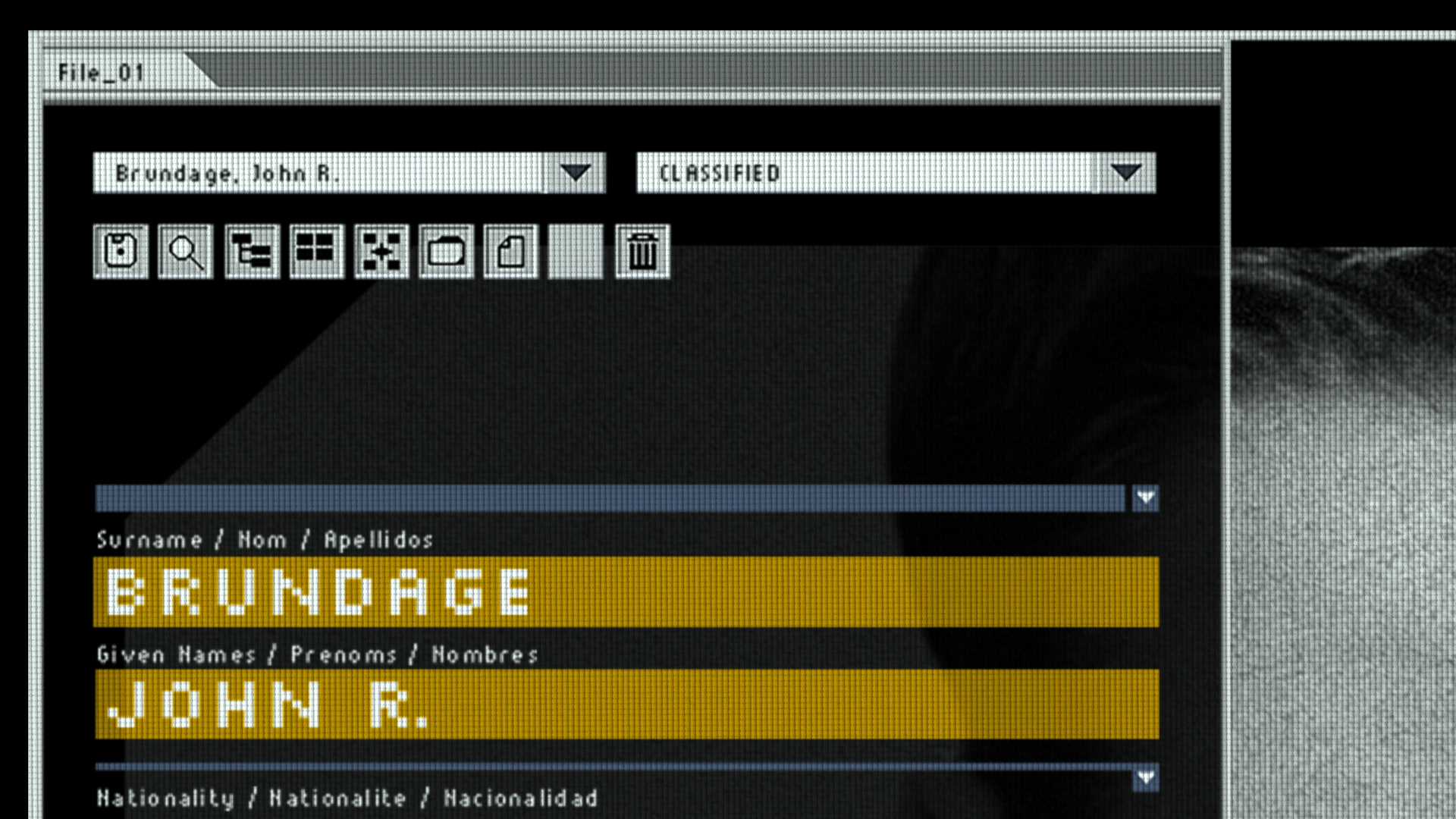
Crisis room
The largest set of screens was employed to populate the expansive video wall within the crisis room, alongside desktop computers and scattered laptops positioned throughout the set.
Numerous of these layouts were designed to evoke a perpetual sense of surveillance, creating an impression of a diverse array of tools at the disposal of CIA agents for tracking their targets. These screens were often not featured in close-ups and the graphics ran in a continuous loop.
A subset of screens were designated as hero screens, garnering close-up shots and necessitating responsive behavior to specific script actions. These screens conveyed information crucial to advancing the storyline or visually clarifying plot points for the audience. Many of the hero screens were also designed to respond to particular actions, such as an actor pressing a key on the keyboard triggering an event on the screen.
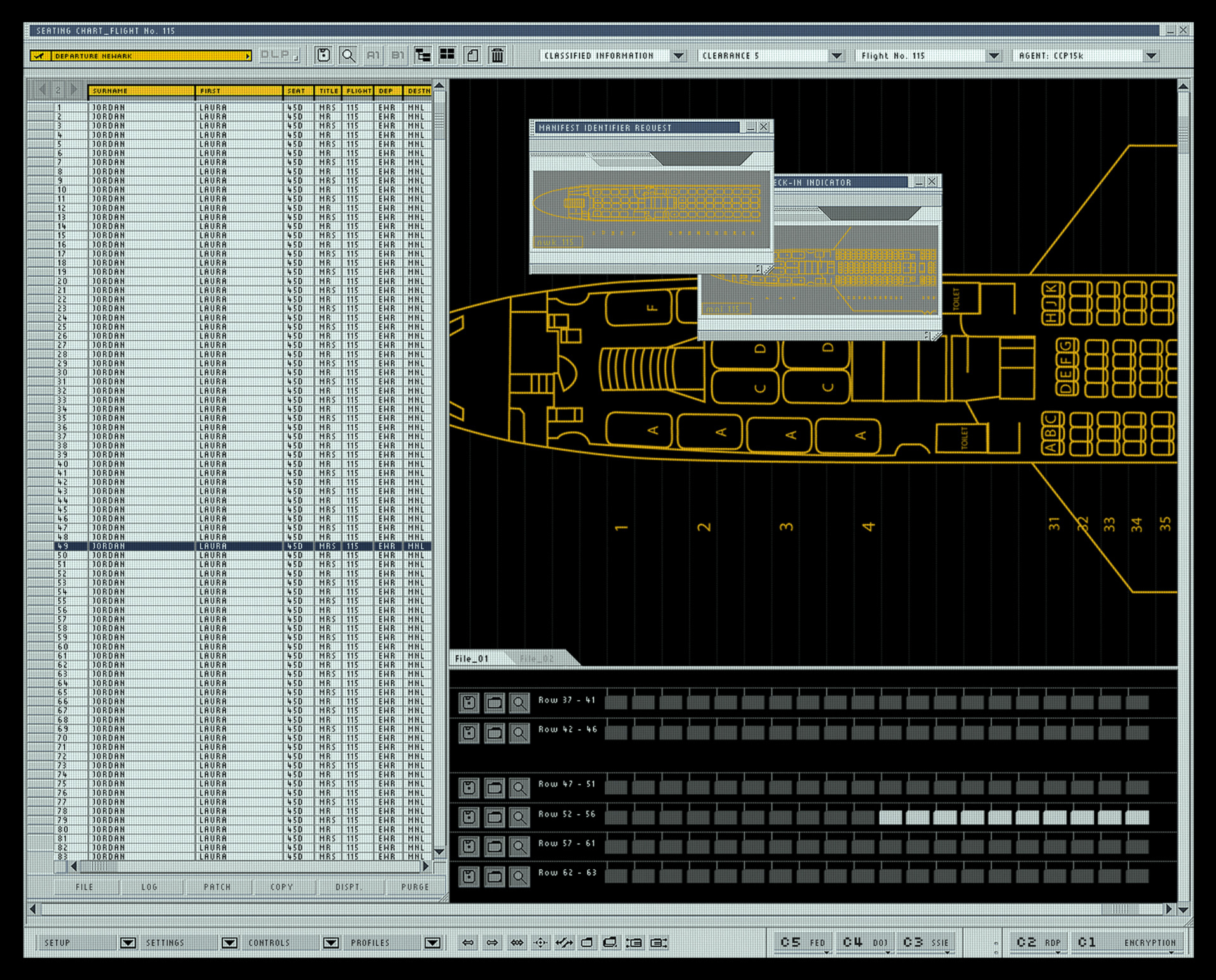
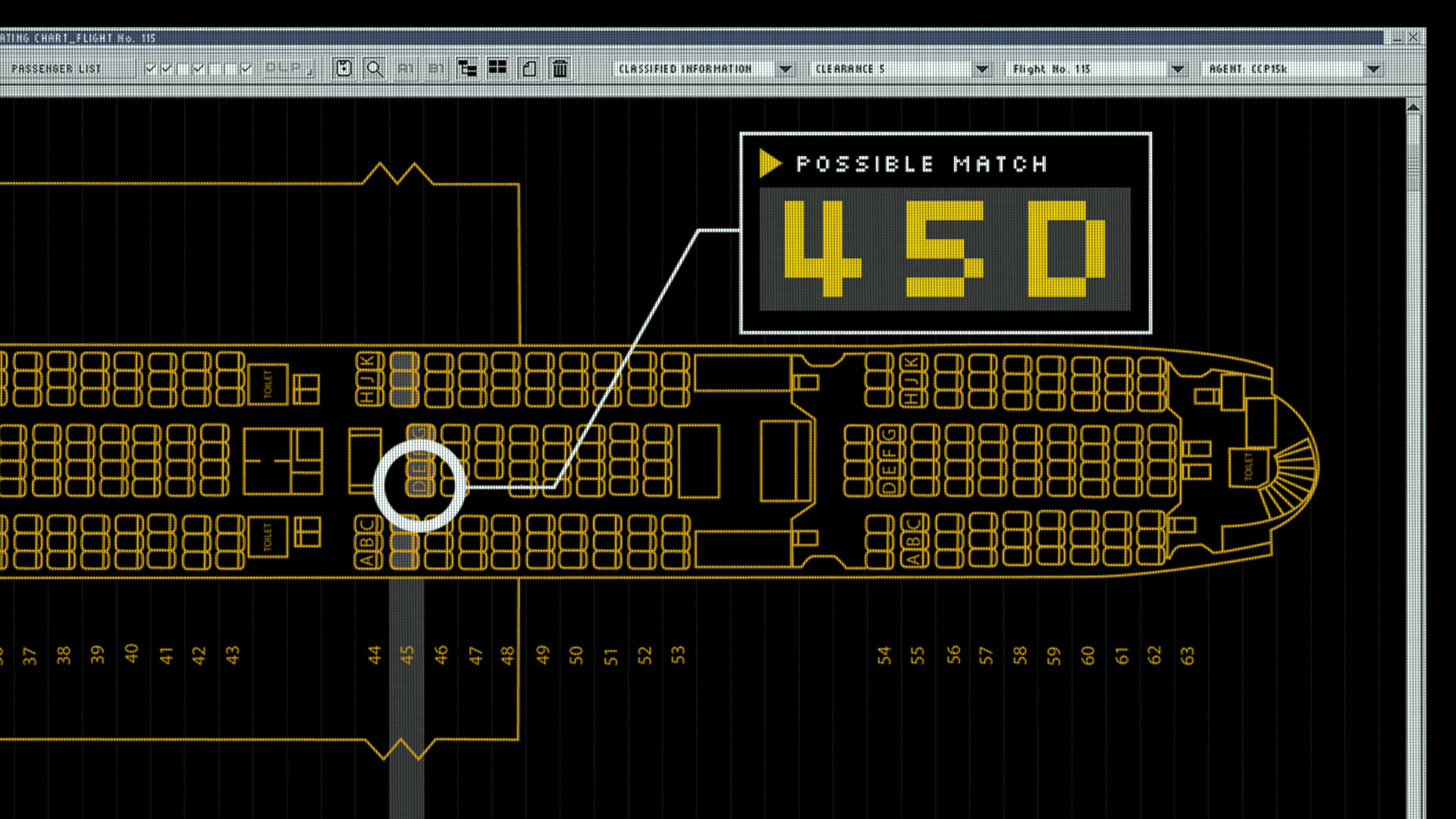
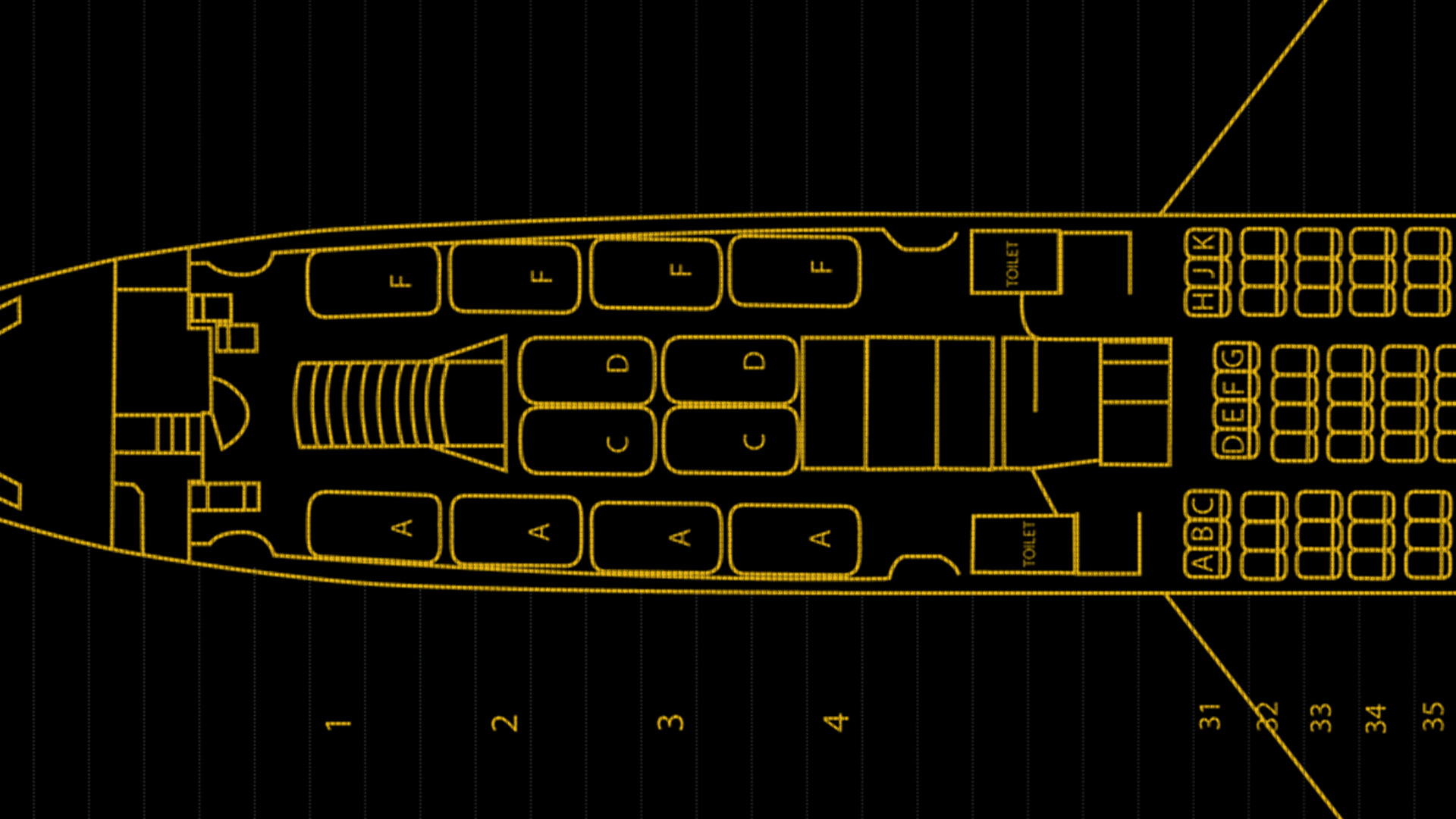
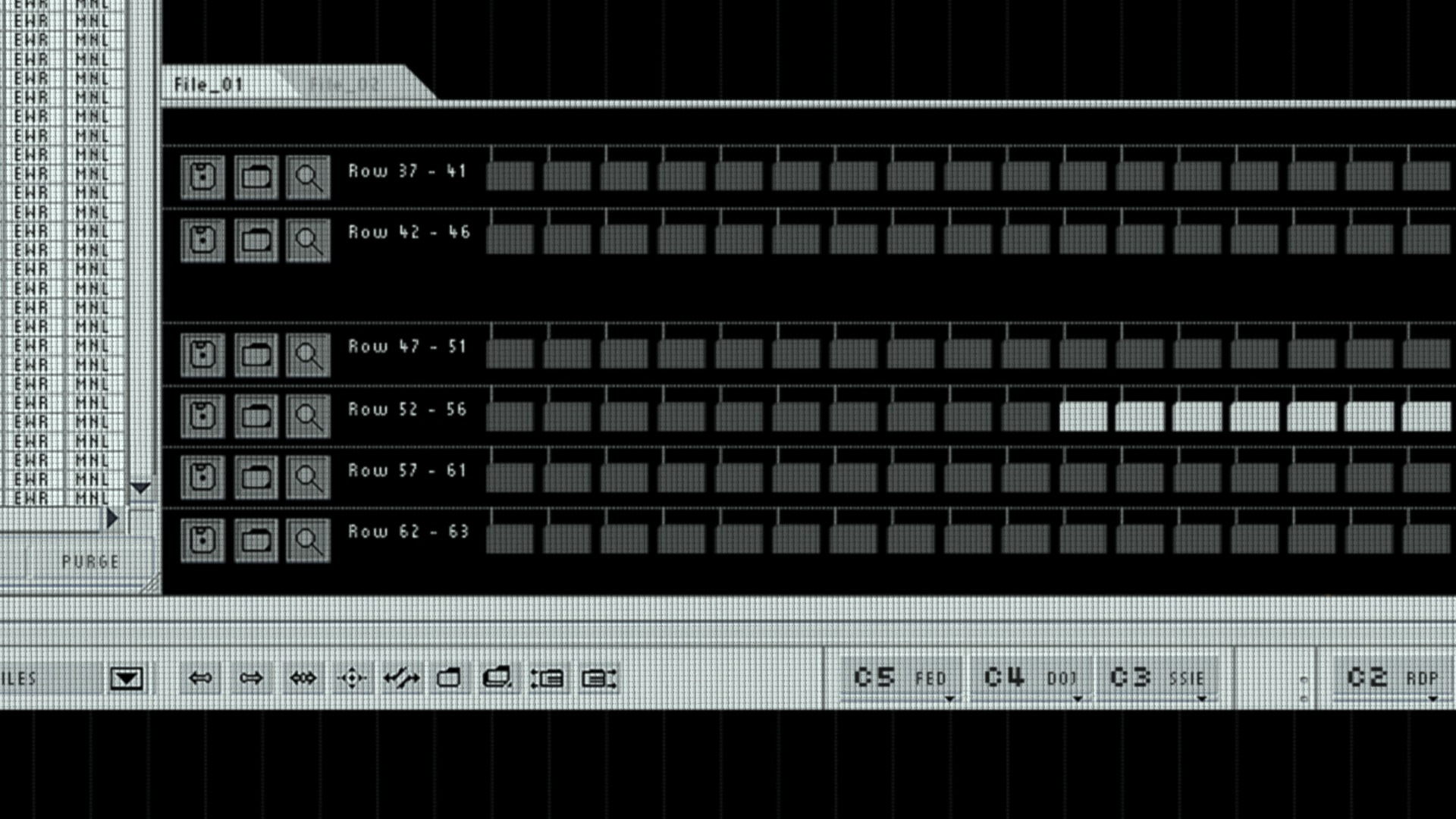
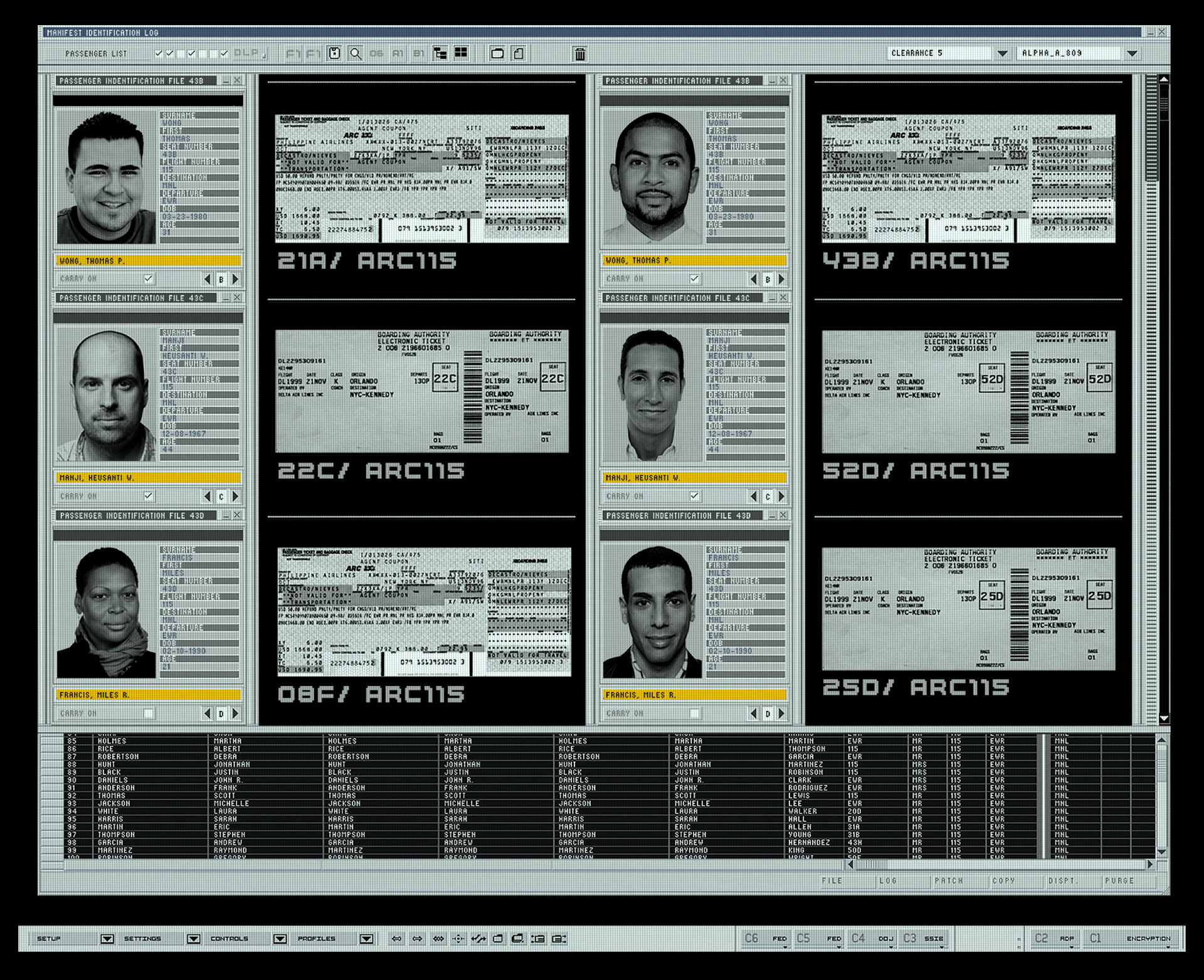
Satellite, Weather, city, Street, And Airport maps
Another substantial collection of screens primarily catered to the expansive video wall. These screens aimed to convey the CIA's operations as a global and worldwide manhunt, showcasing world maps across various time zones and providing visual representations of satellite tracking.
In addition, I designed an assortment of weather maps and an extensive array of city and street maps, with several of them pinpointing specific locations referenced in the script.
Given that several pivotal scenes in the film unfolded within an airport setting, the producers requested further visualizations of airport maps, designed to accentuate particular areas as needed.
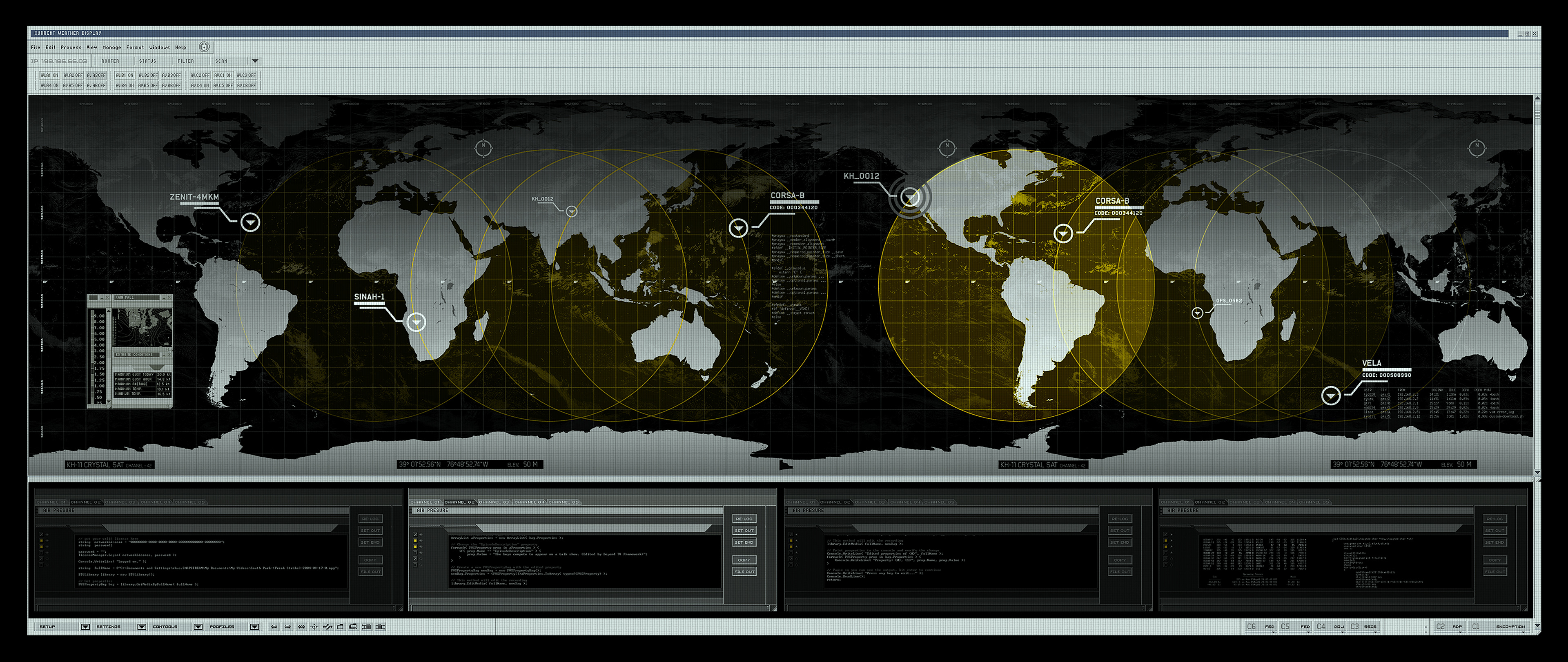
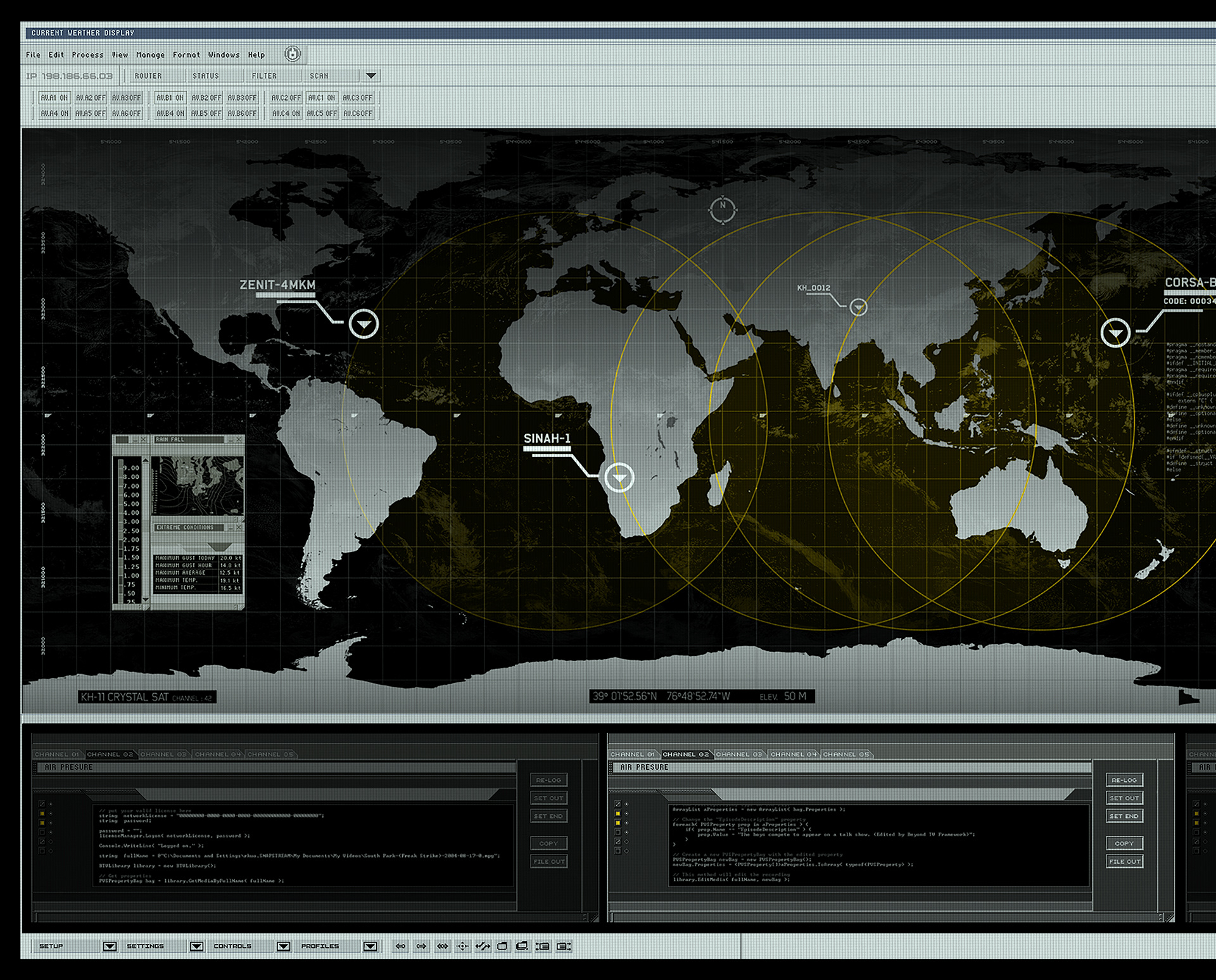
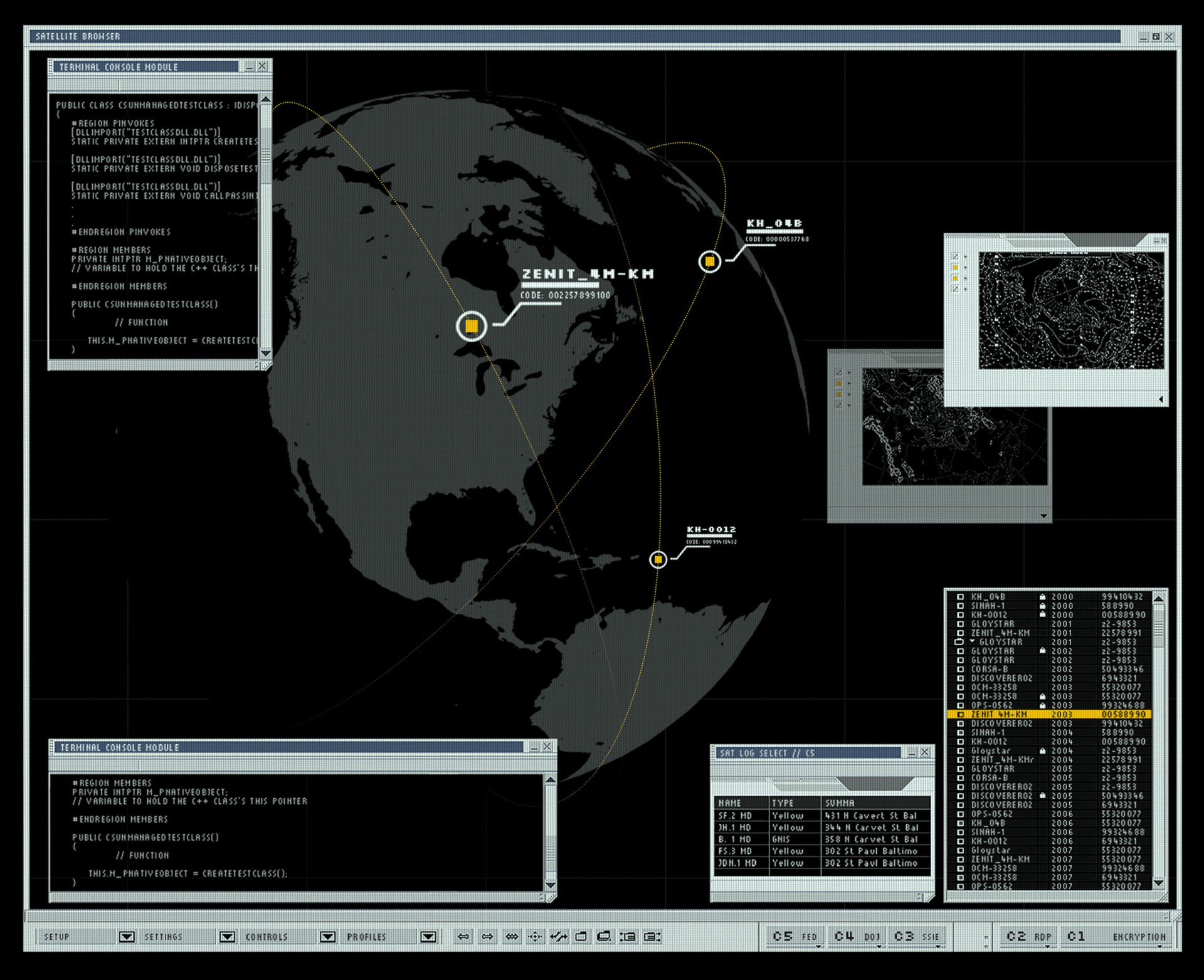
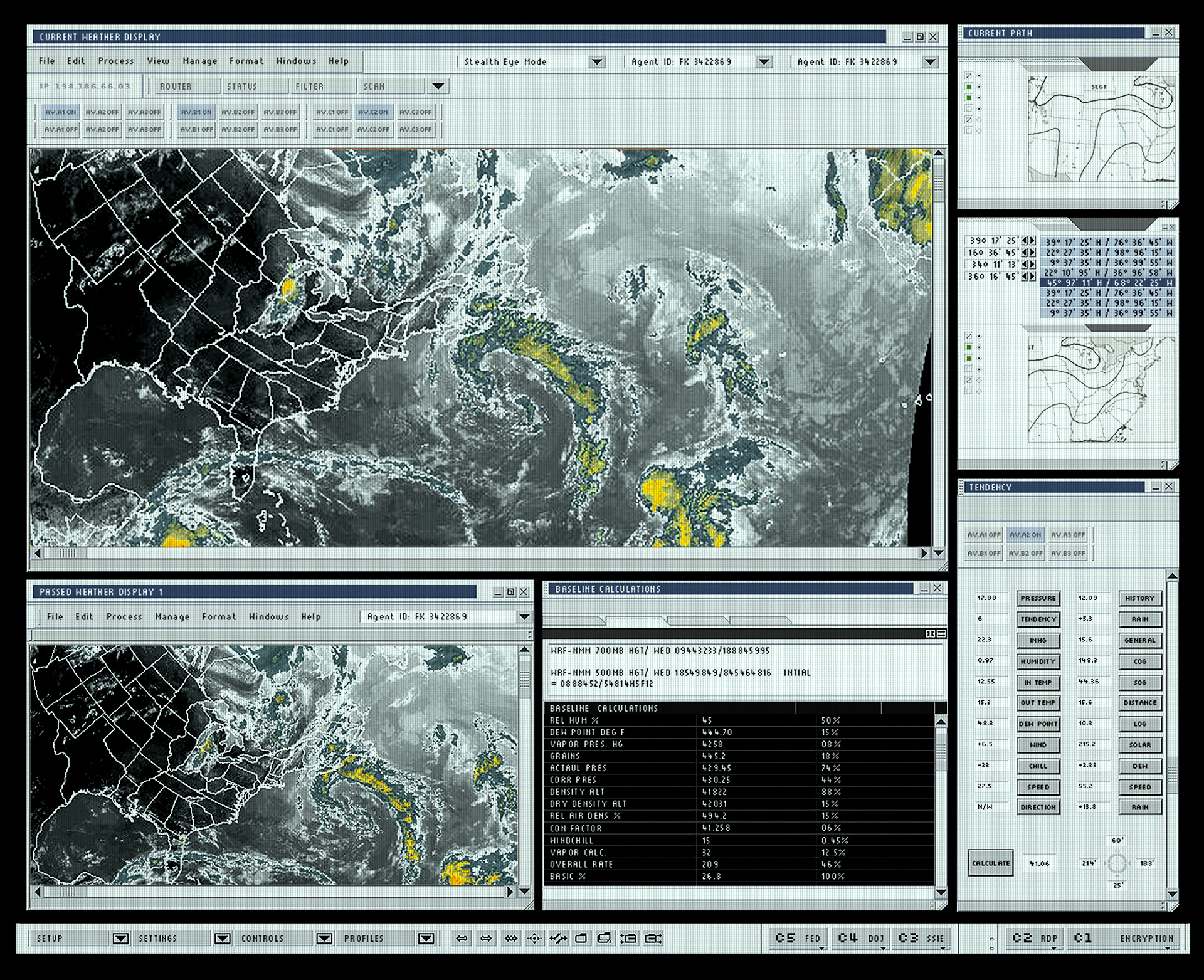
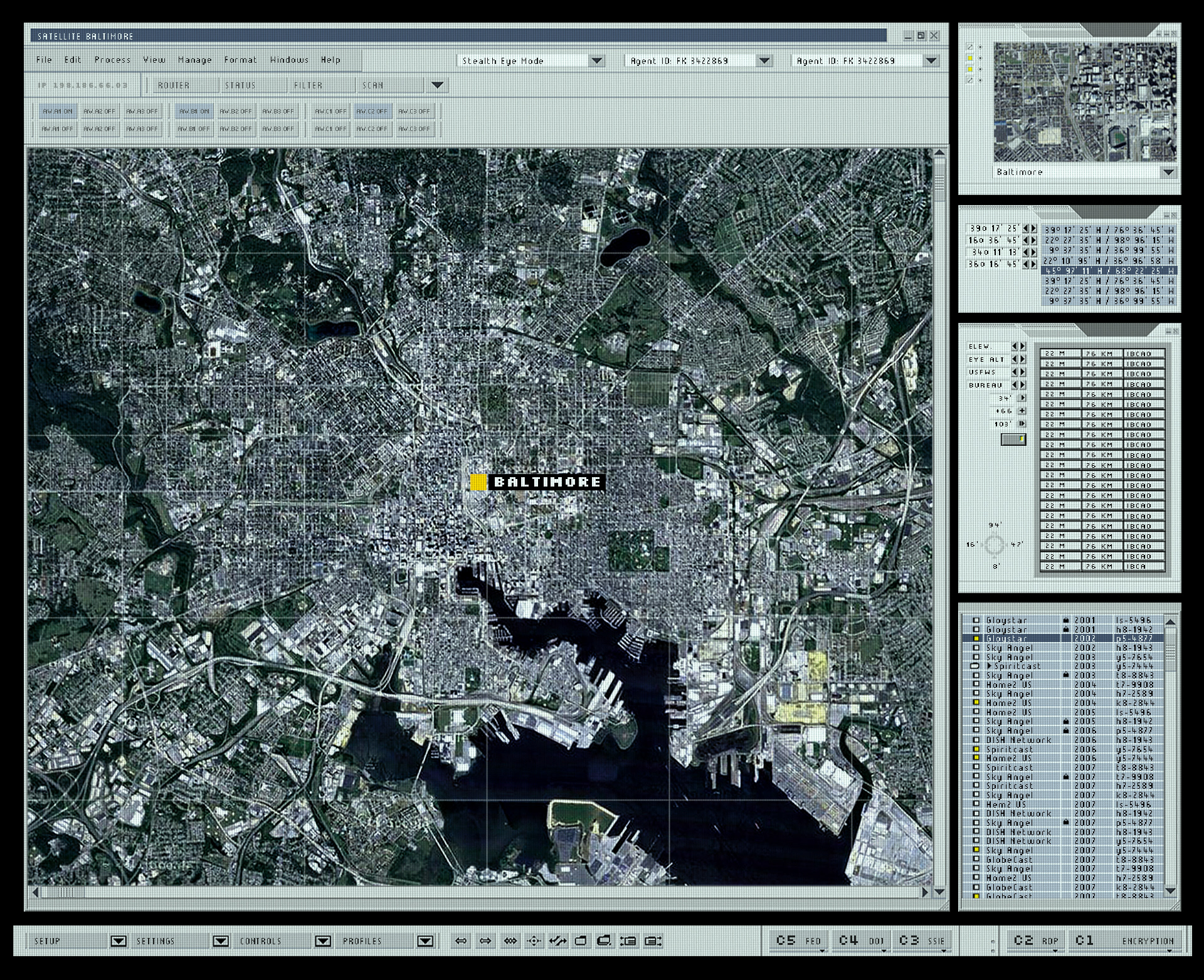
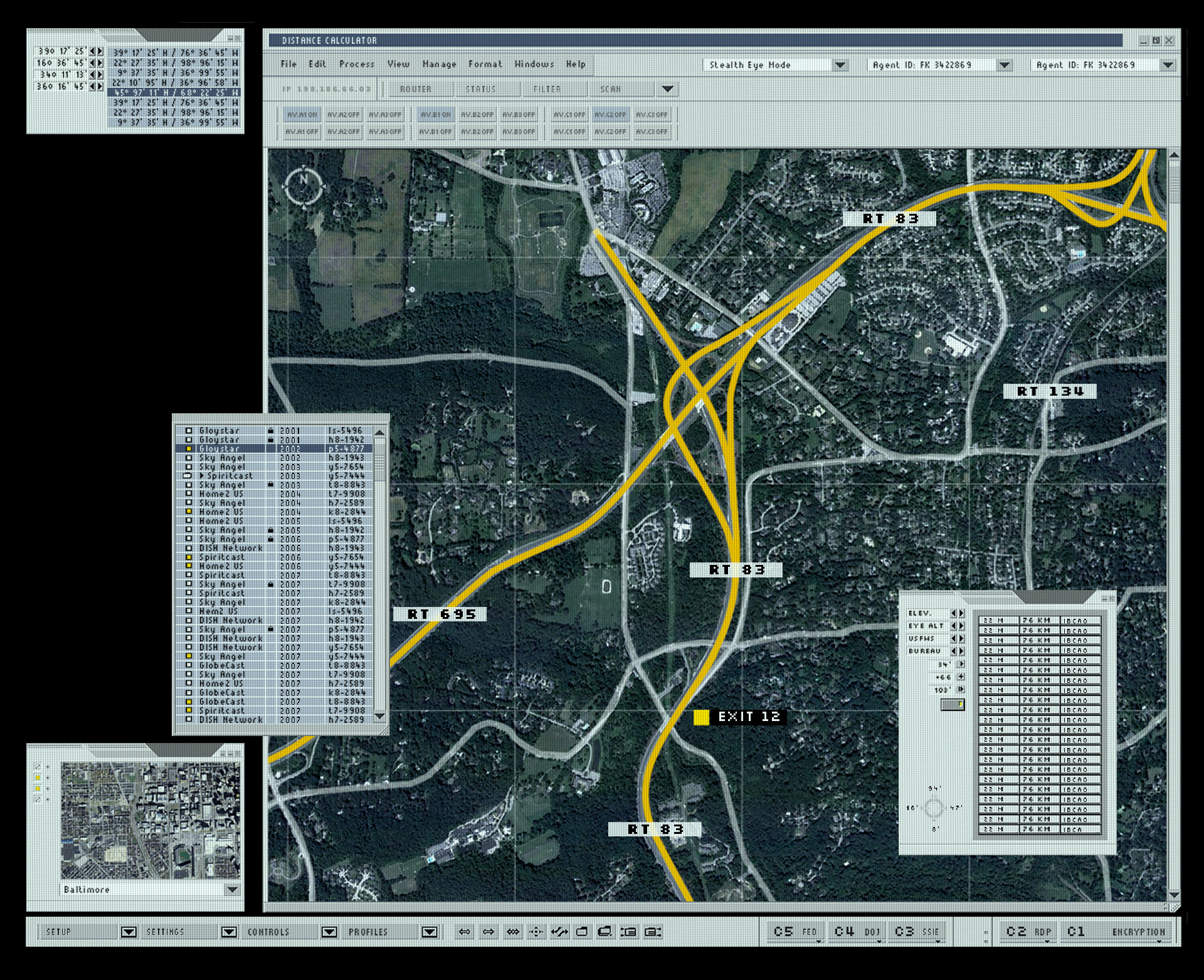
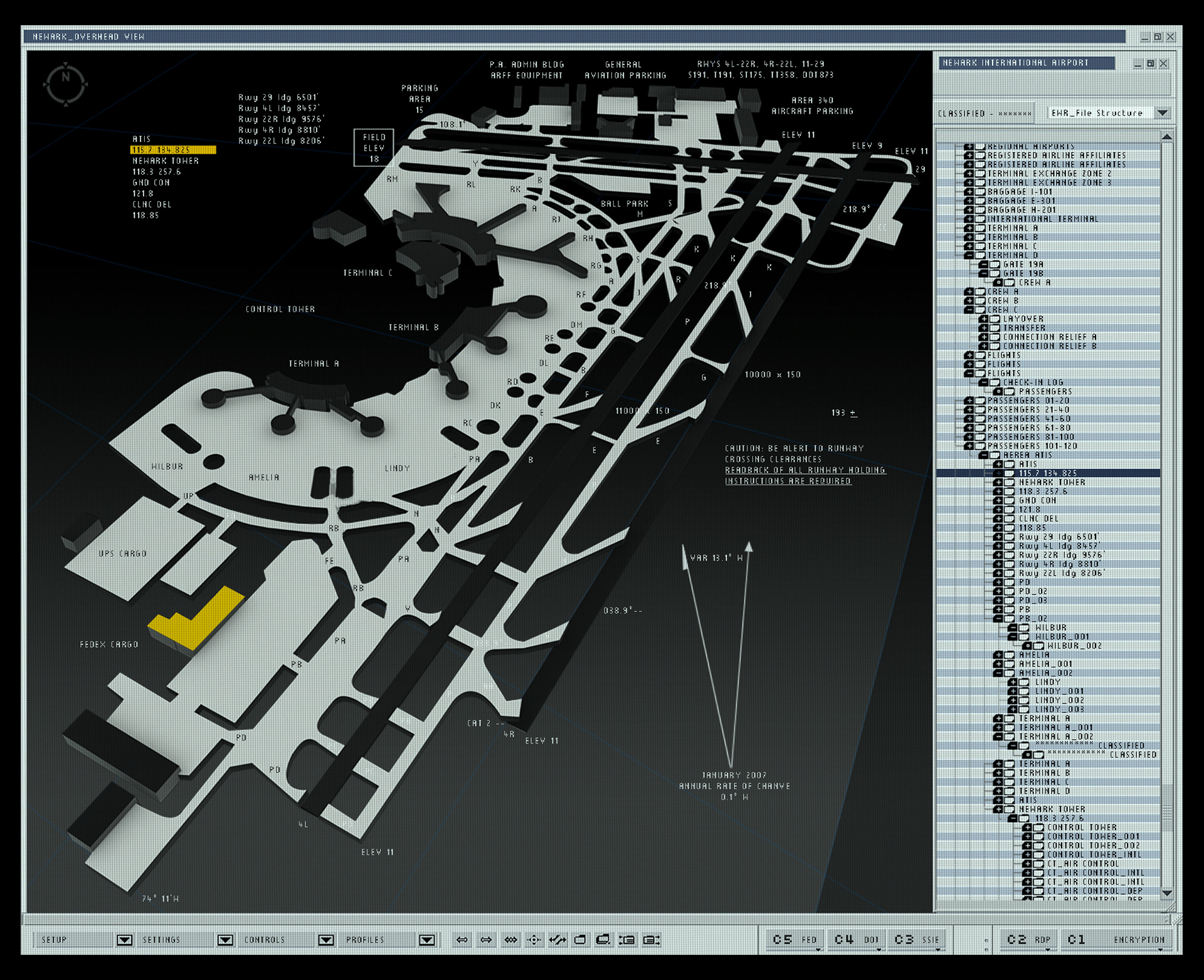
Drone command Interfaces
In the surveillance drone sequences, the director aimed for a heightened level of authenticity. We devoted a substantial portion of time to researching military drone command and control centers, drawing inspiration for map designs.
The production designer provided detailed drawings, enabling us to precisely determine the quantity of interfaces required to fill the screens.
Drawing from our research, we had a clear understanding of the genuine functions of each screen within a real drone command setup. However, it was also imperative for the designs to seamlessly align with the narrative of the film.
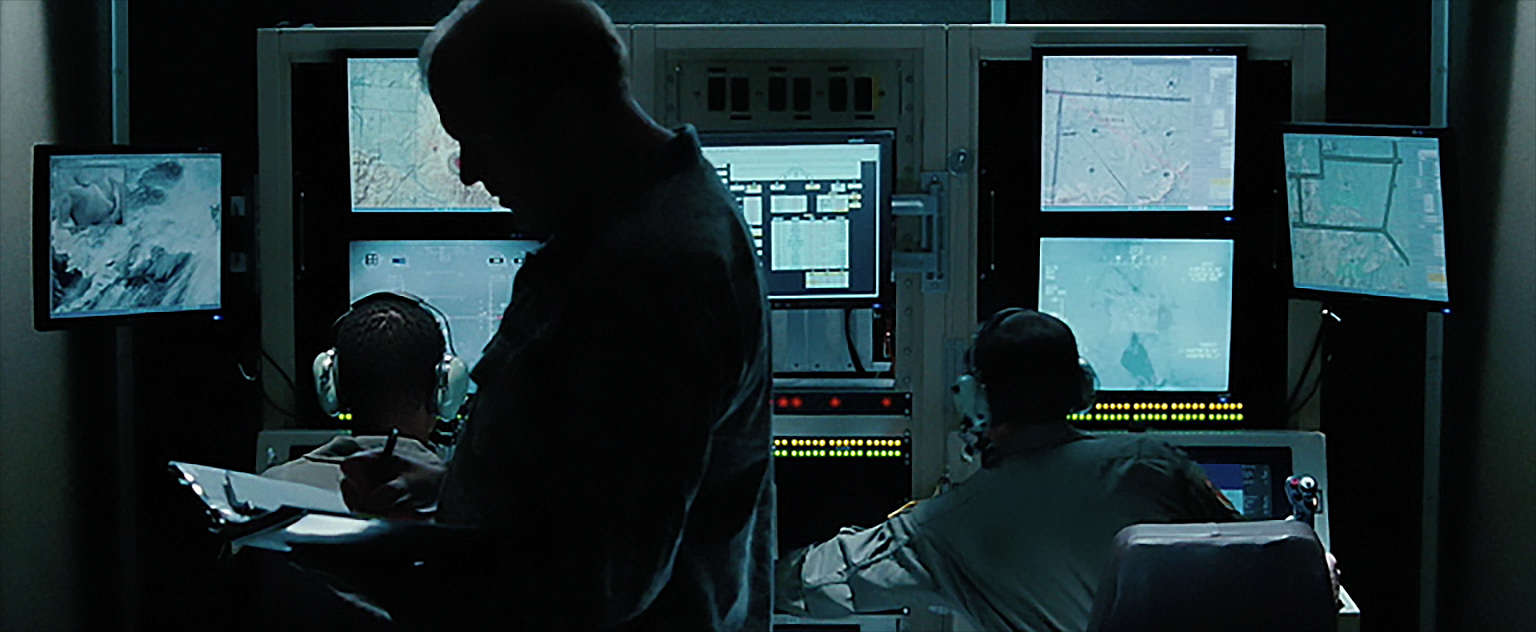
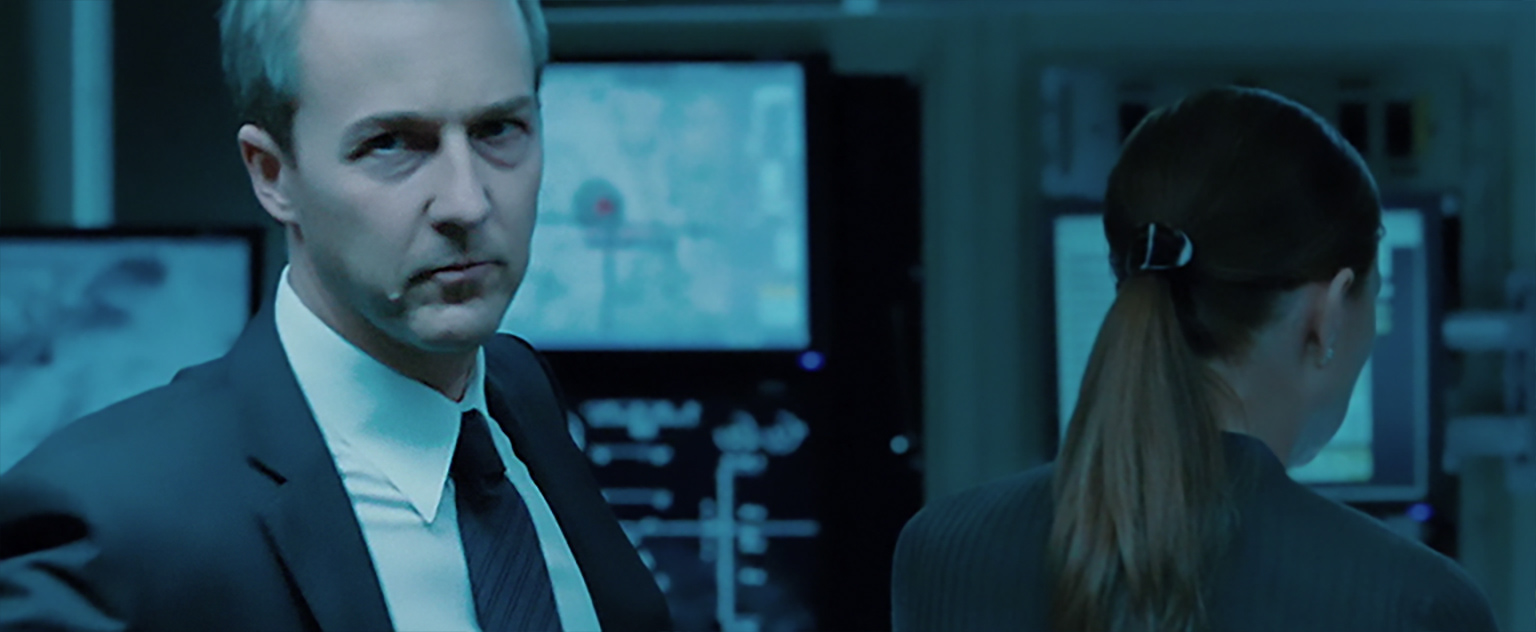
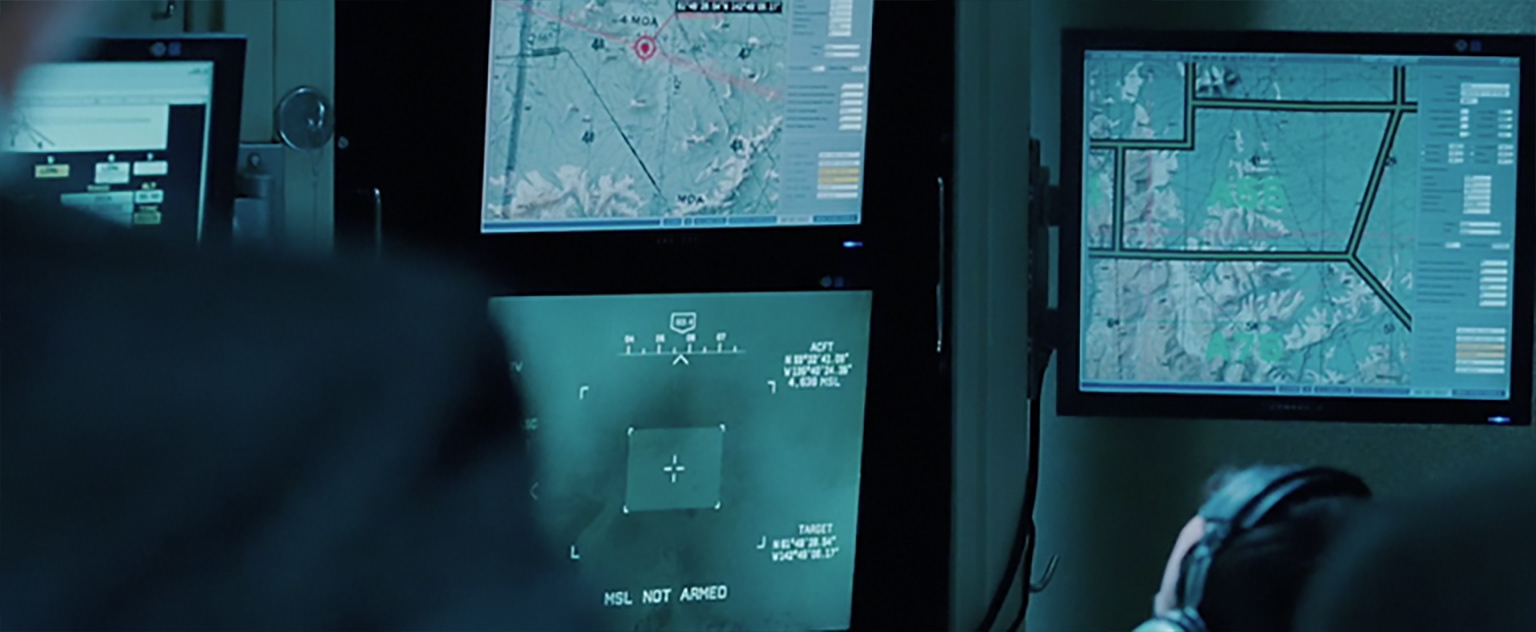


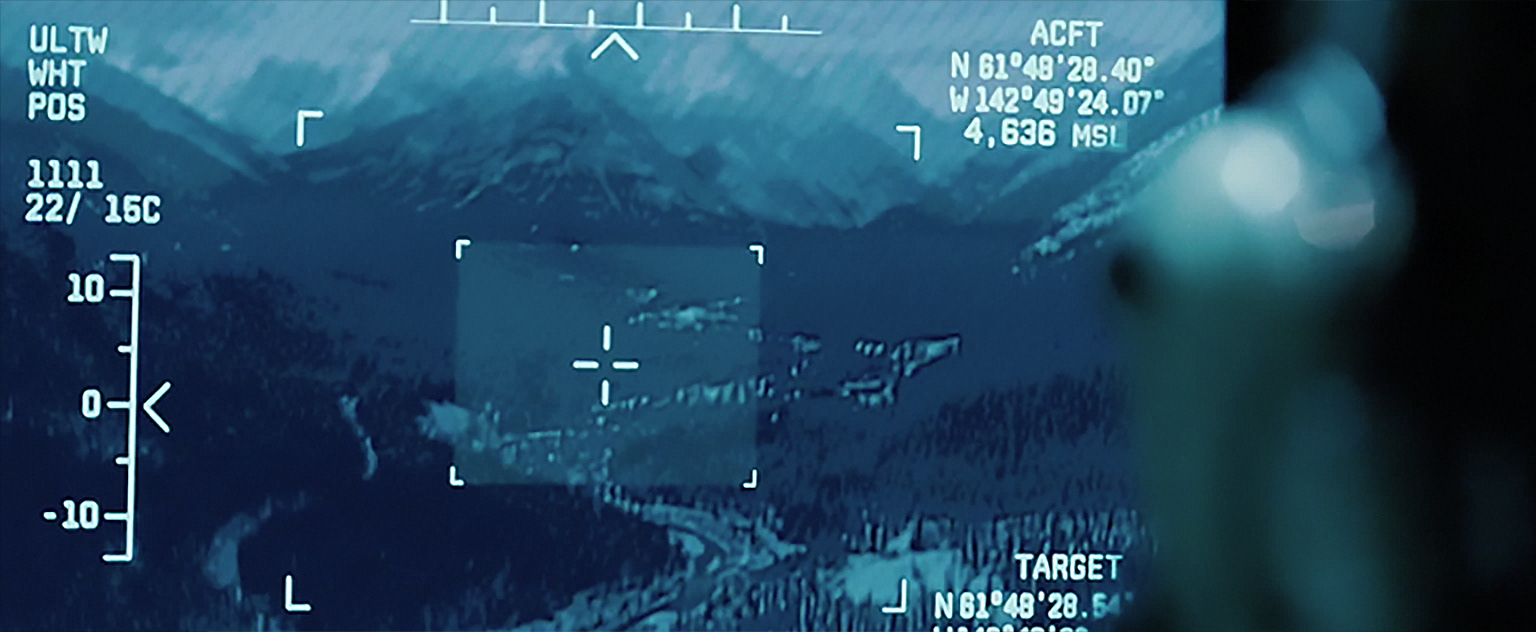
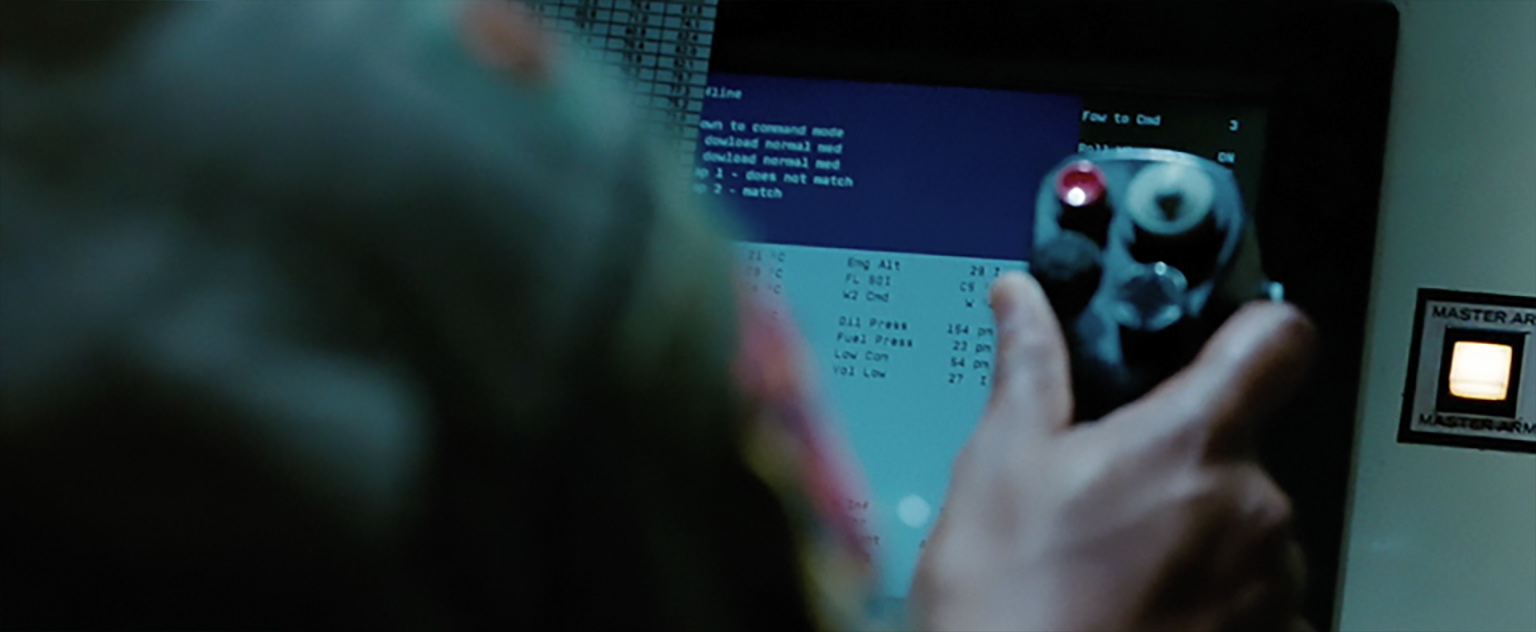
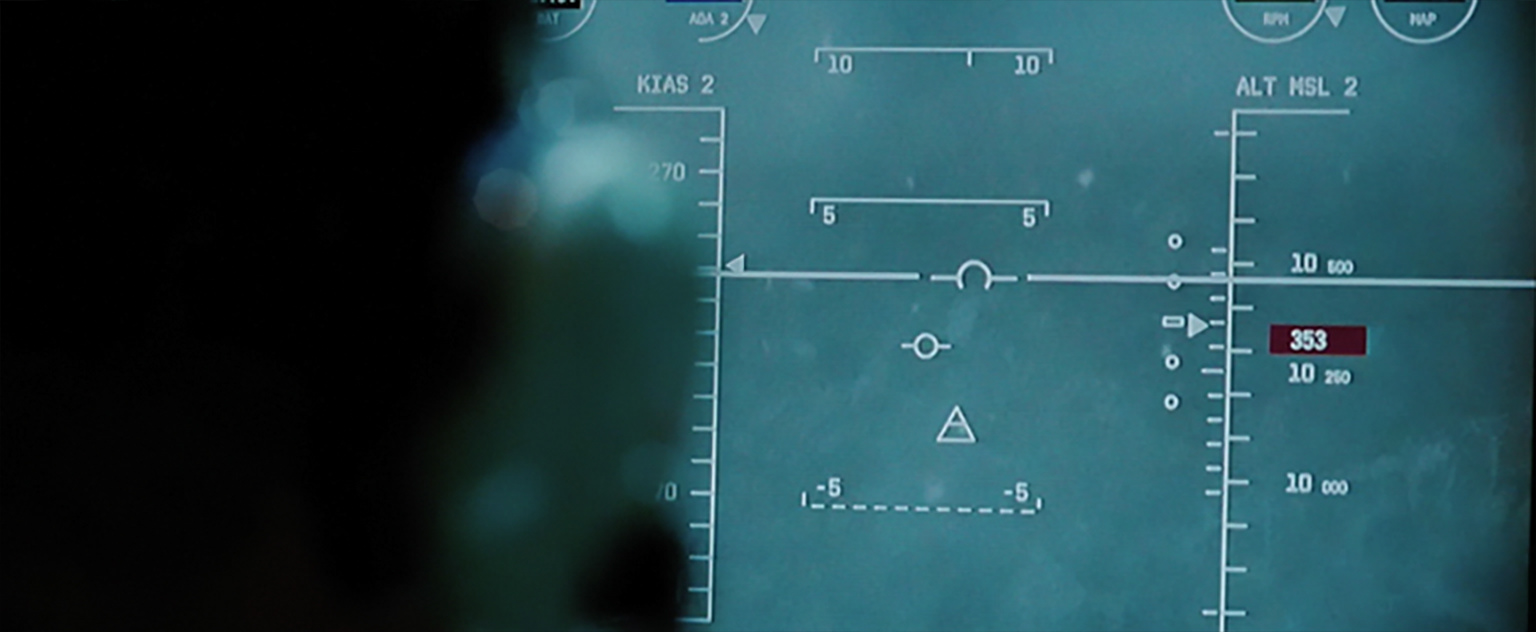
Each interface is modeled after the appearance of actual drone command and control centers. I conceptualized the screens with movement in mind and established dedicated layers for subsequent animation. Additionally, the technical data displayed on these screens needed to align with the dialogue.
Much like the crisis suite, certain screens were predetermined for close-up shots, tasked with conveying precise plot developments within the narrative. Concurrently, the director desired the flexibility to improvise on set, enabling the camera to focus on any screen at any given moment while preserving the authentic feel. Consequently, every screen ultimately took on the role of a hero screen.
